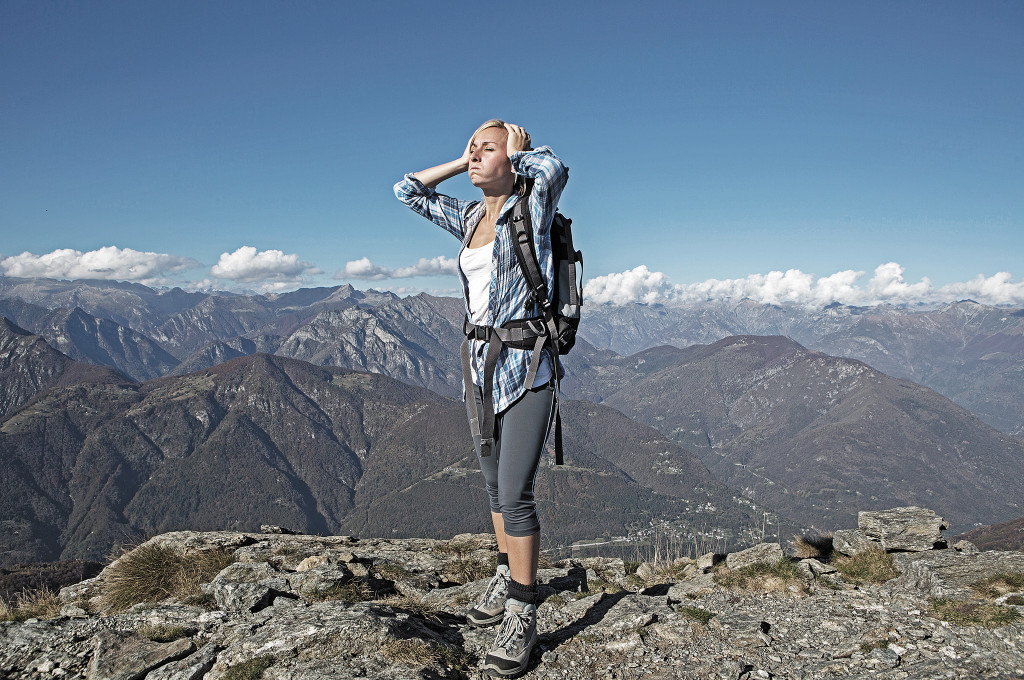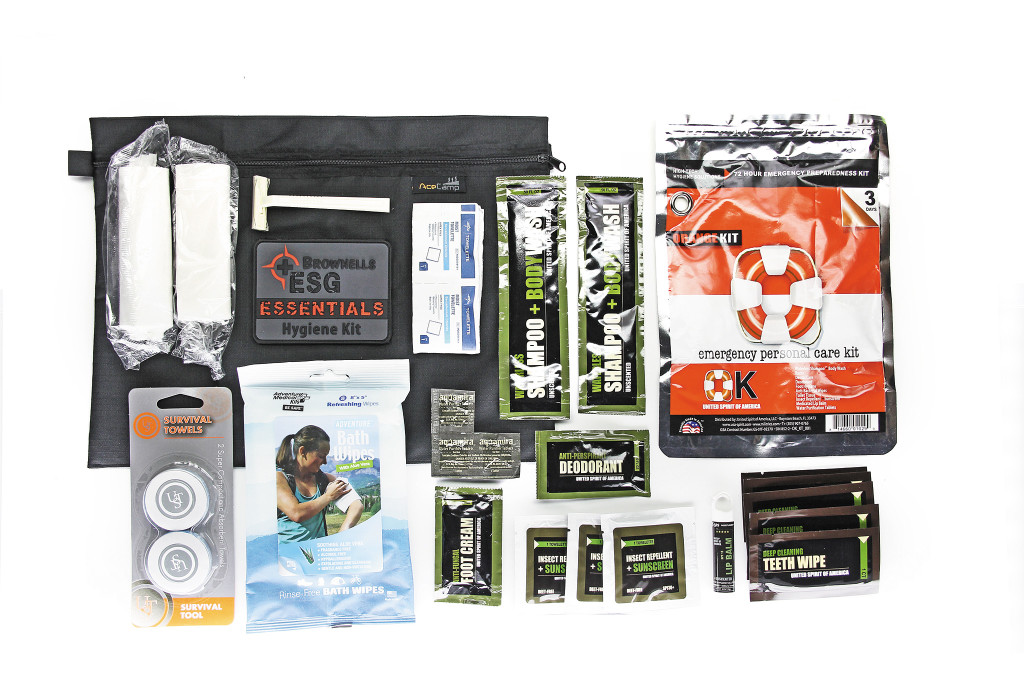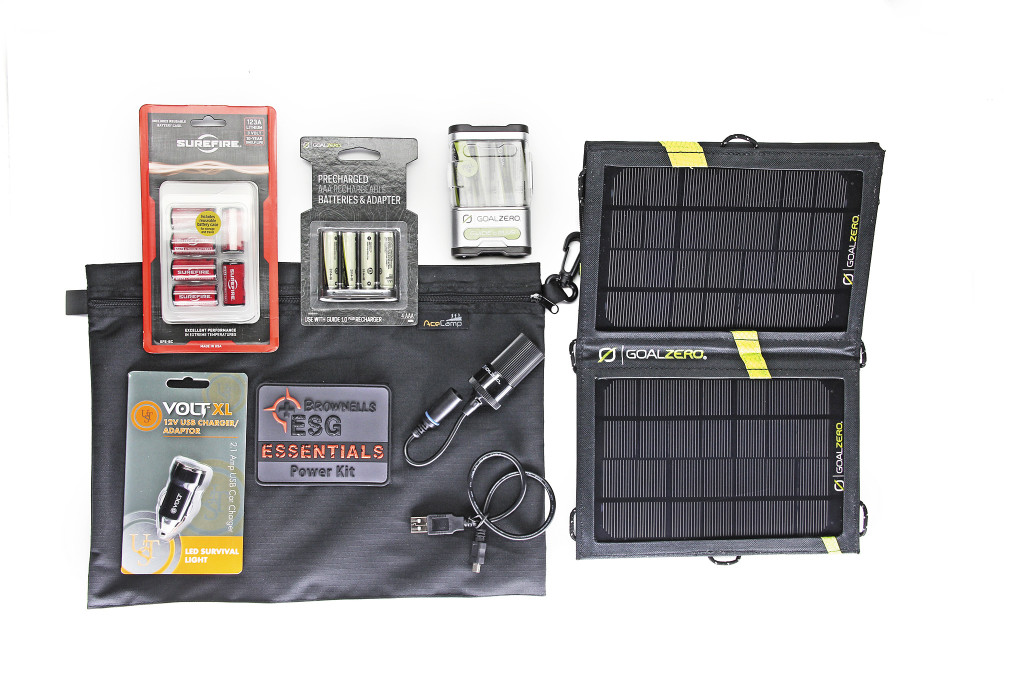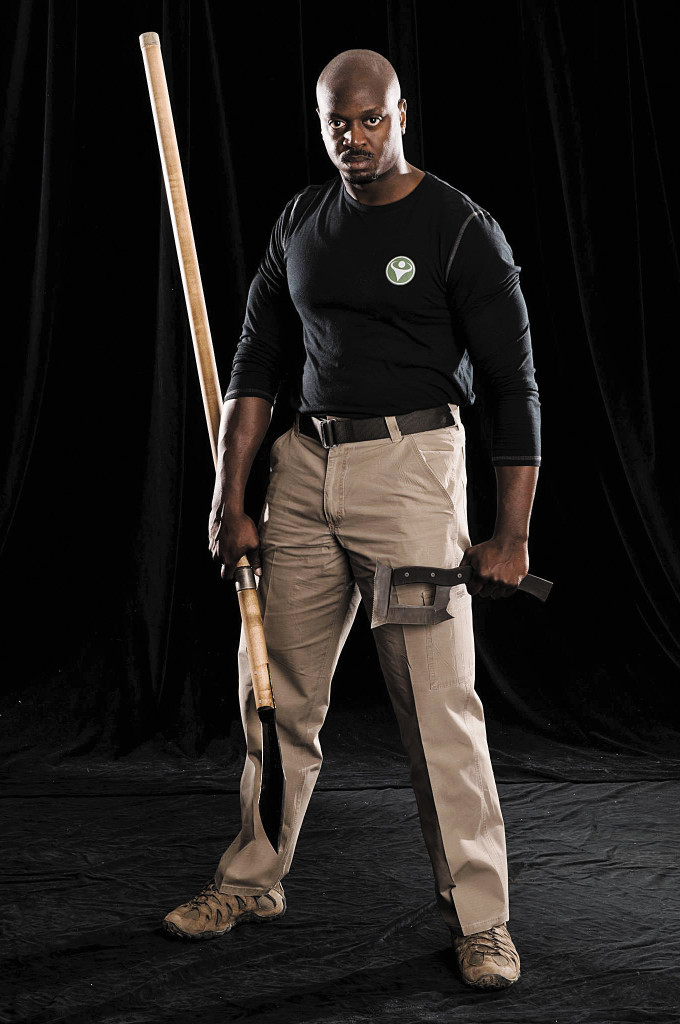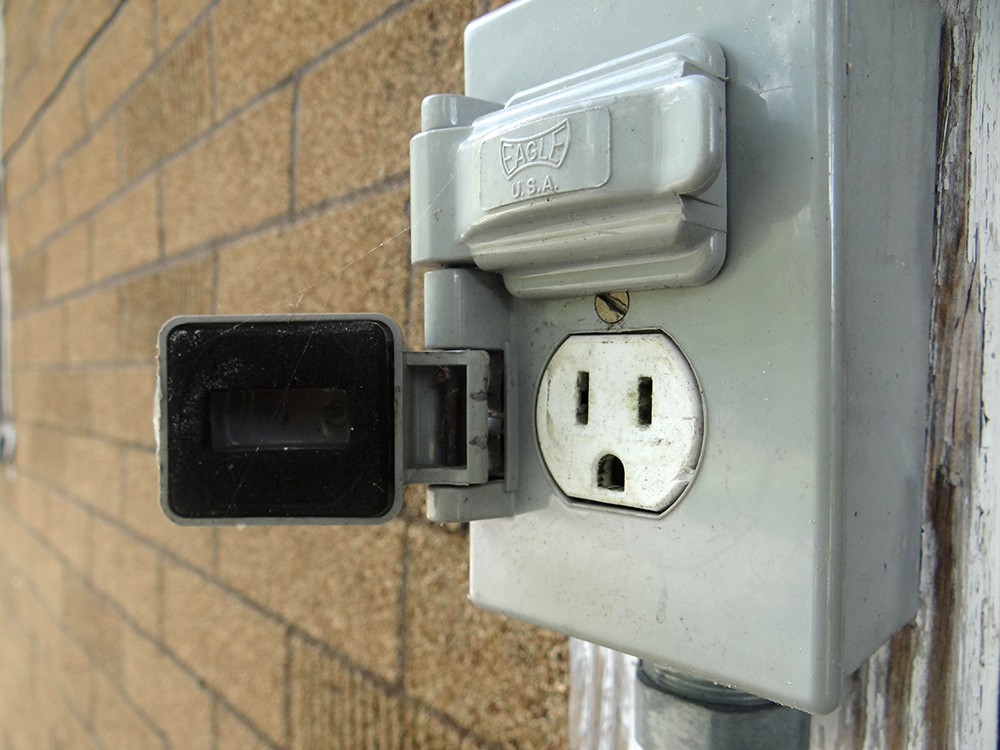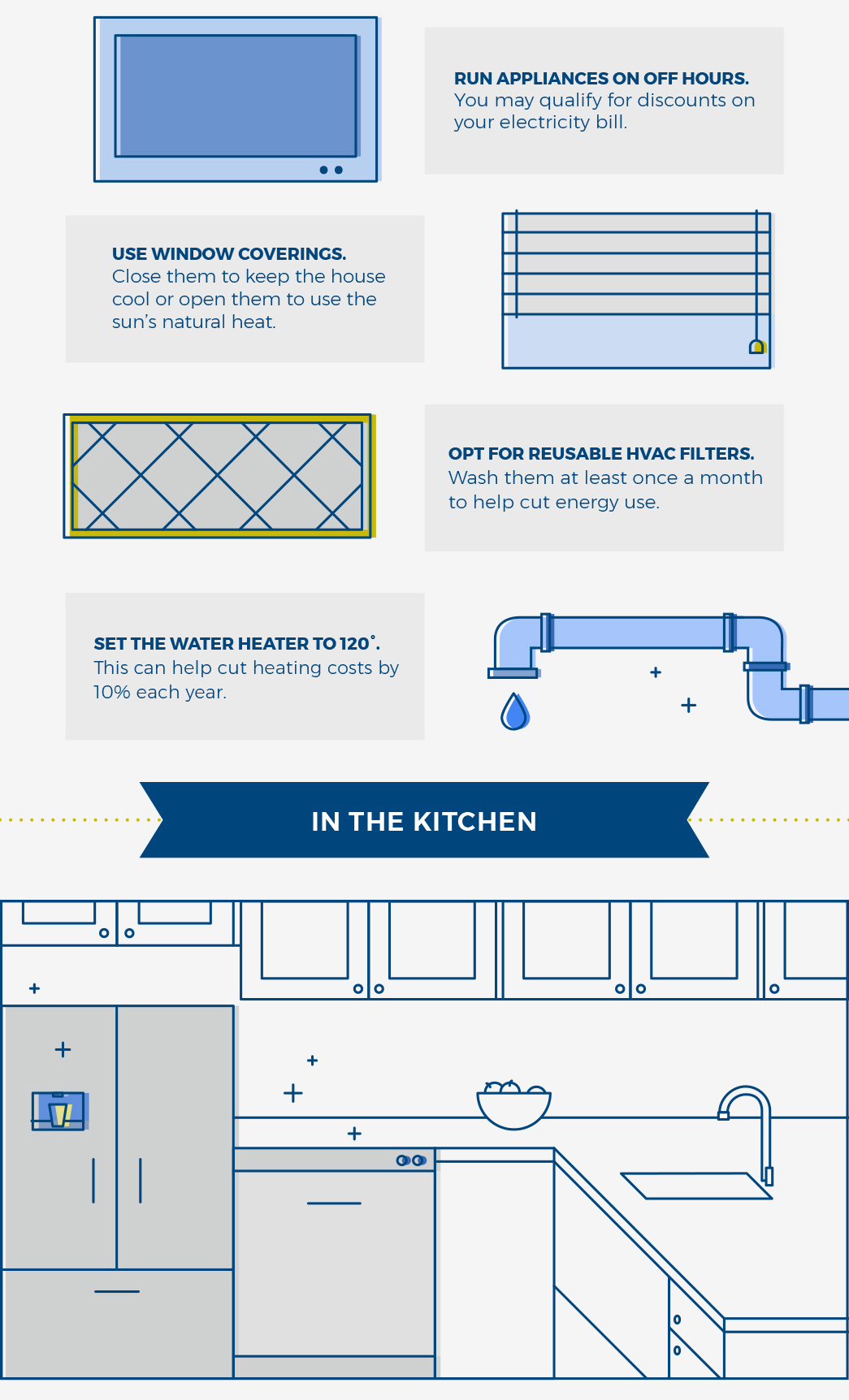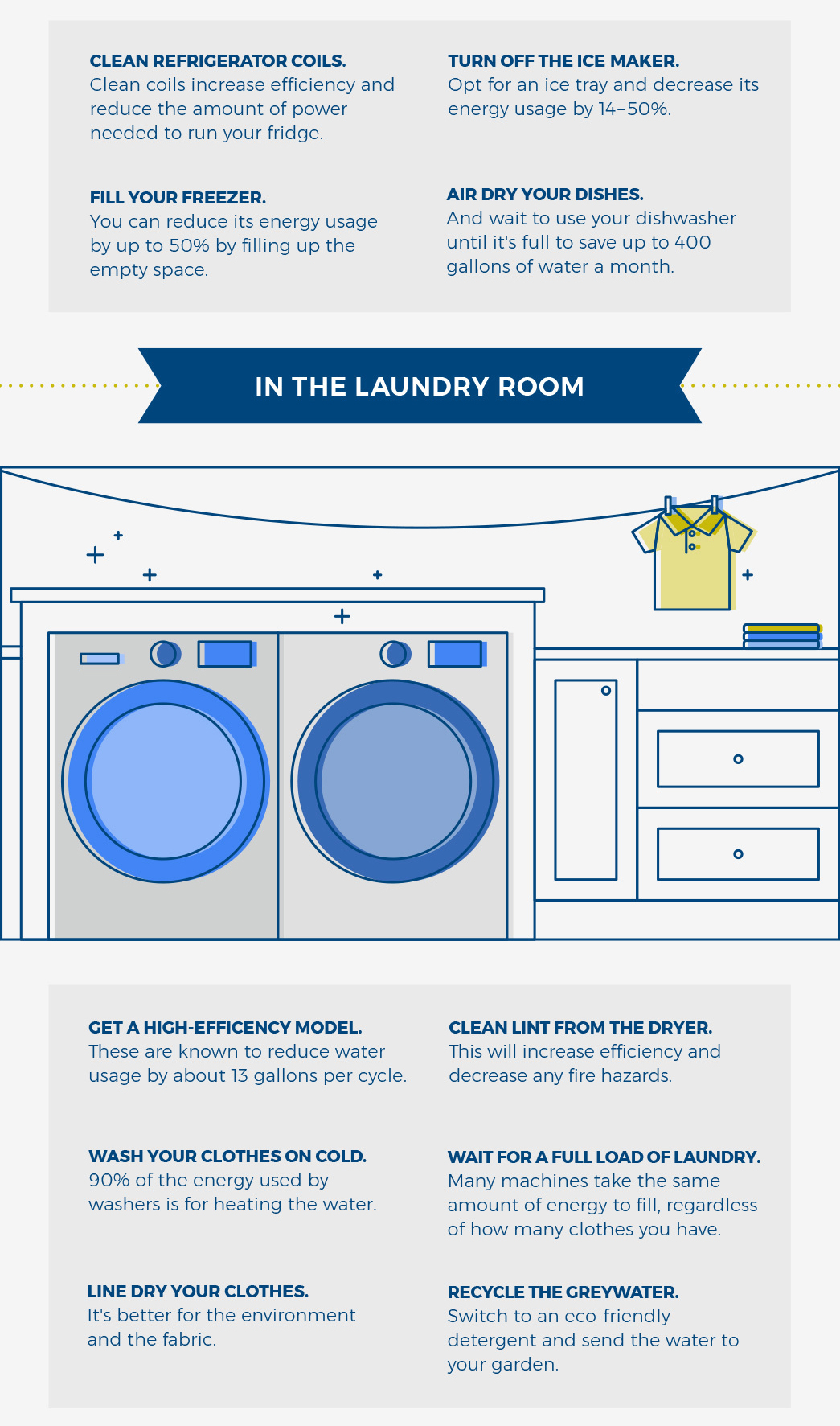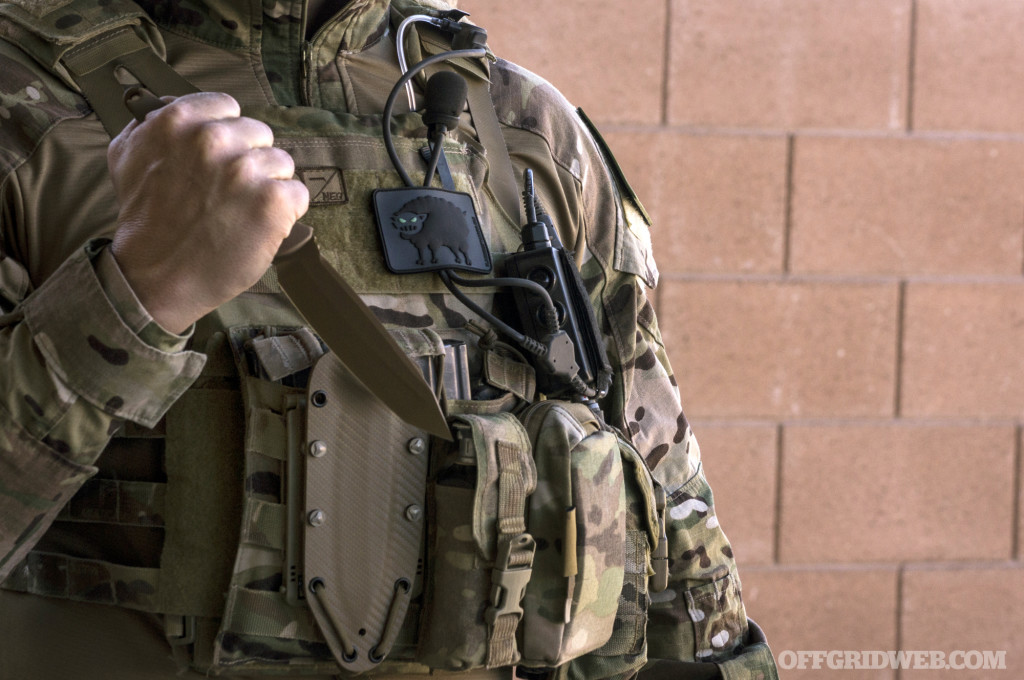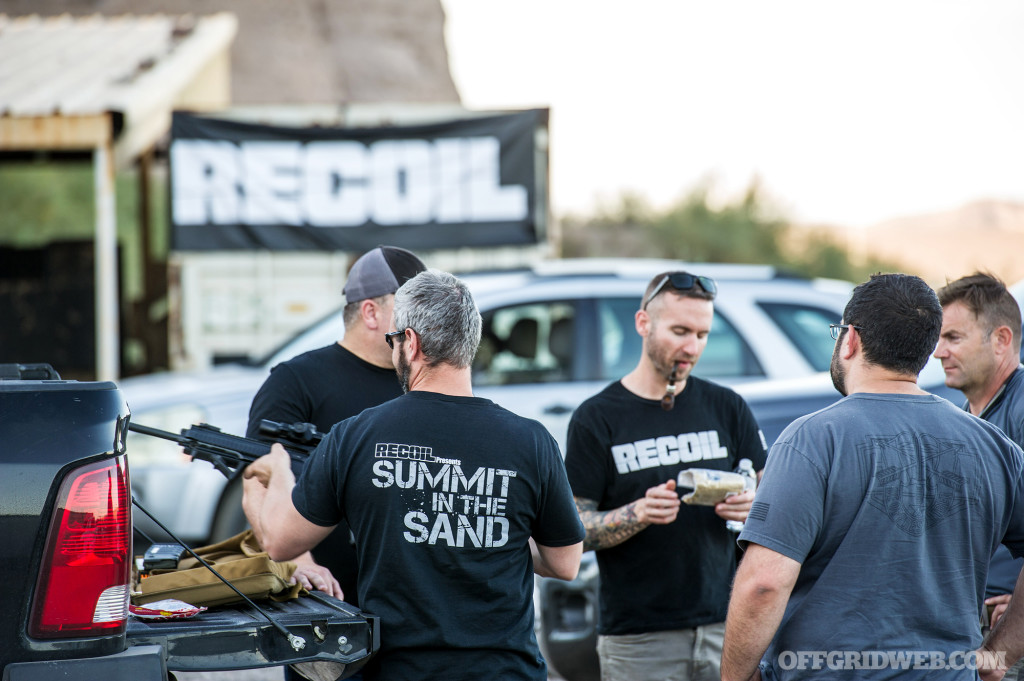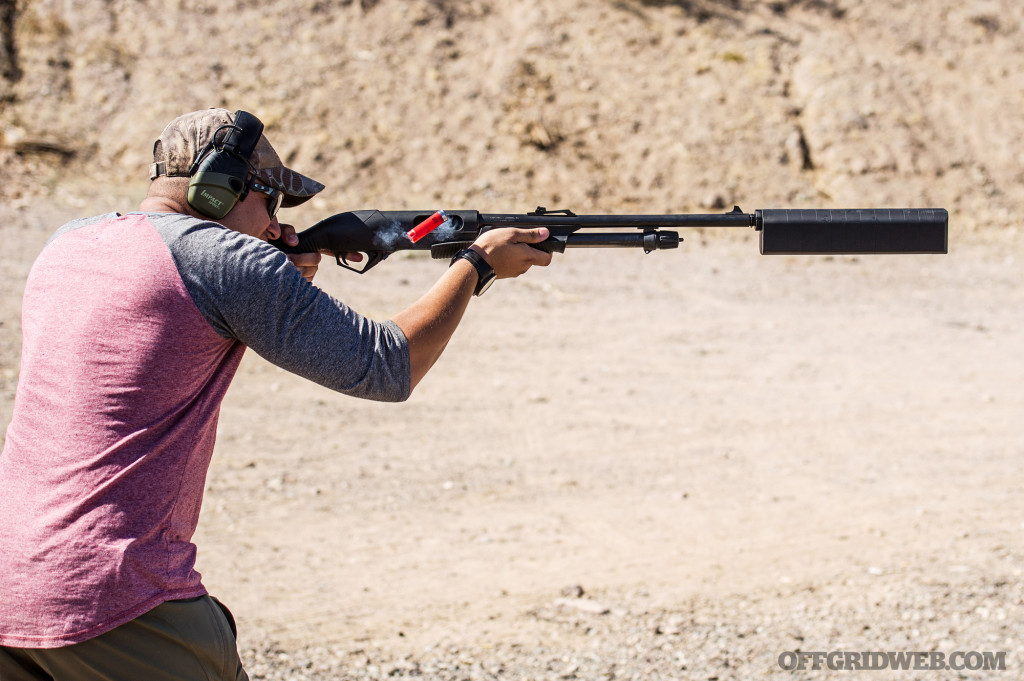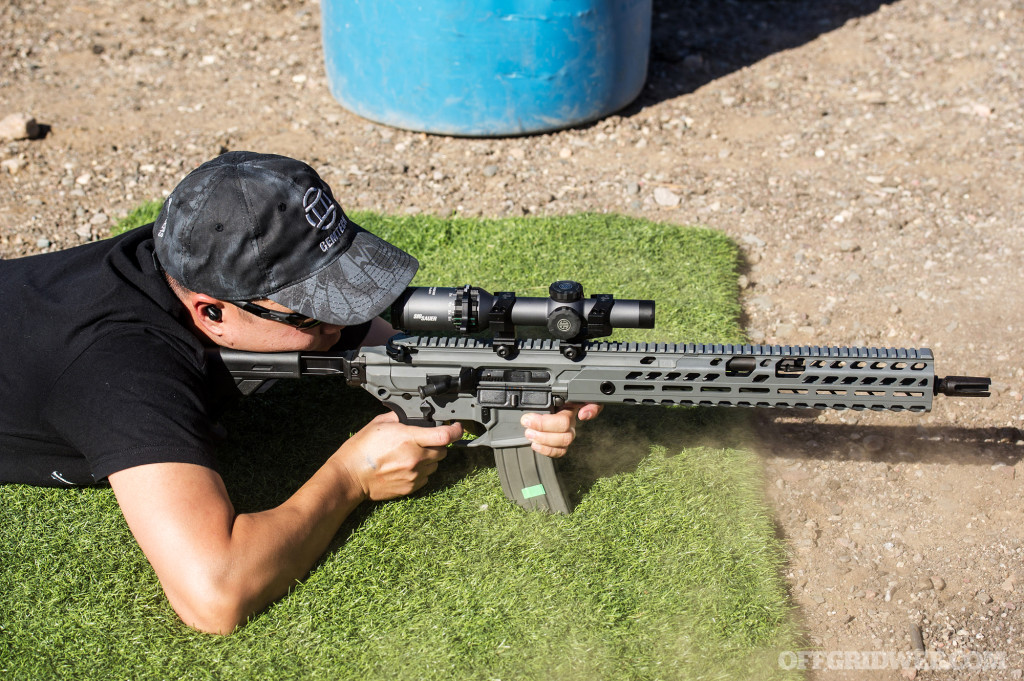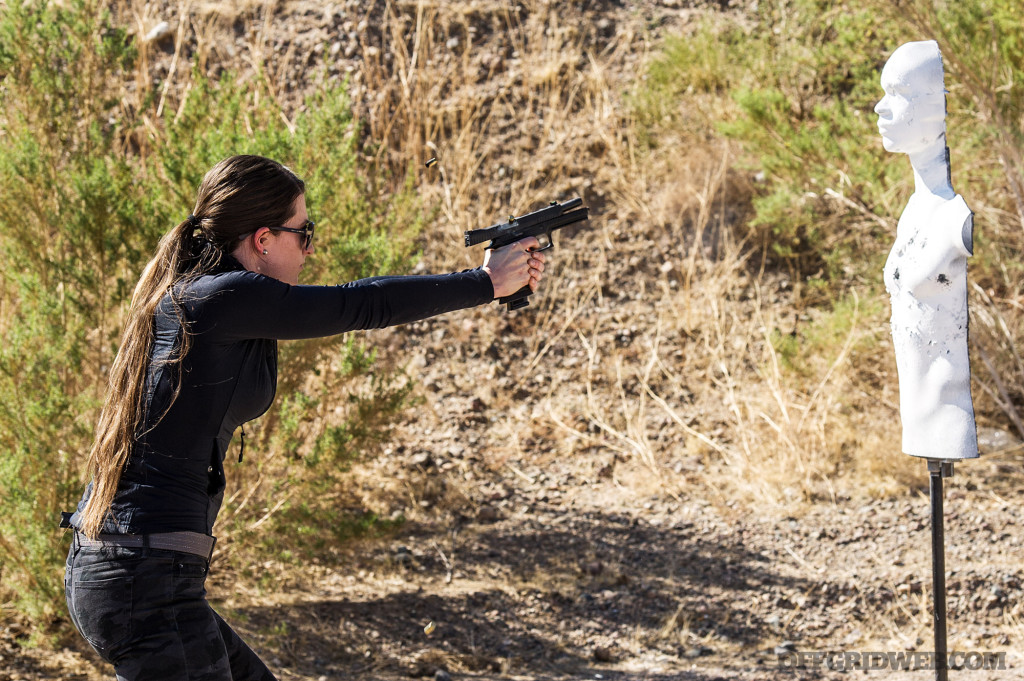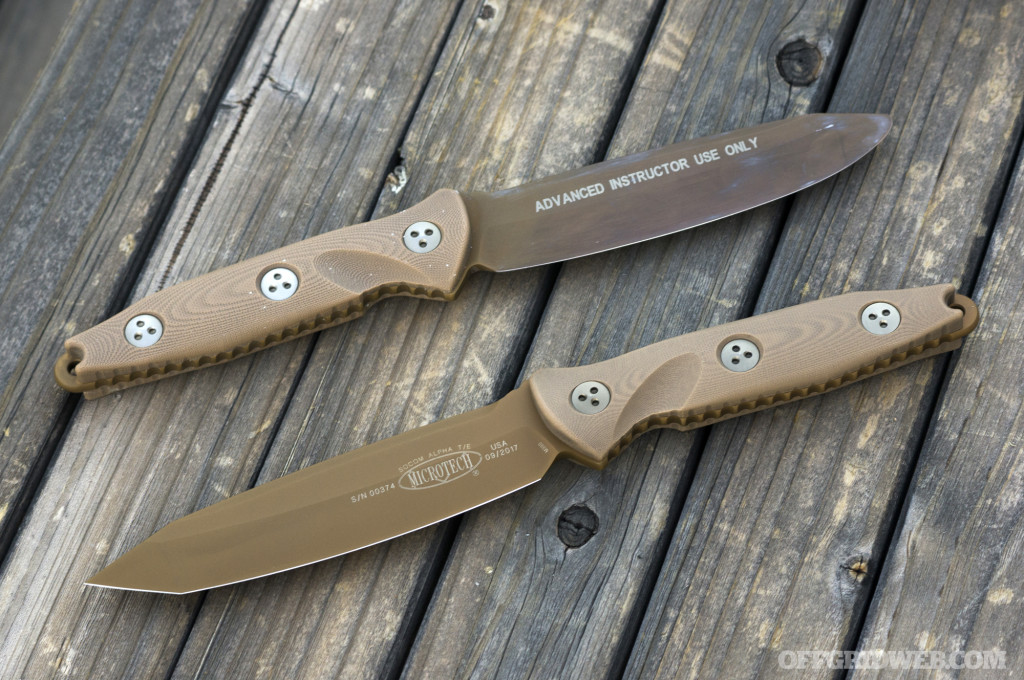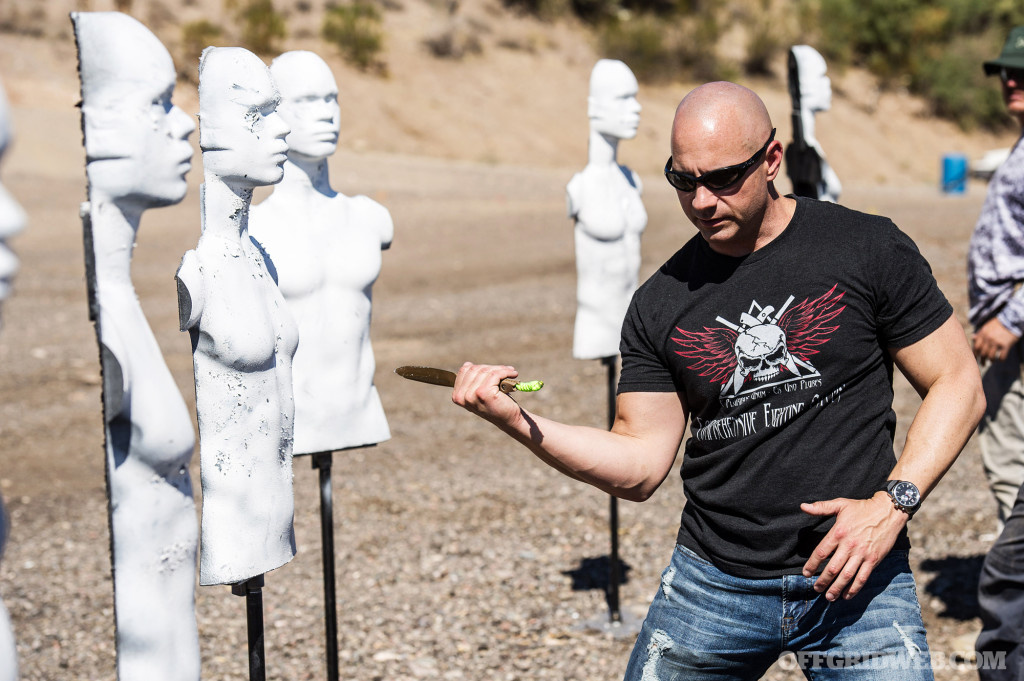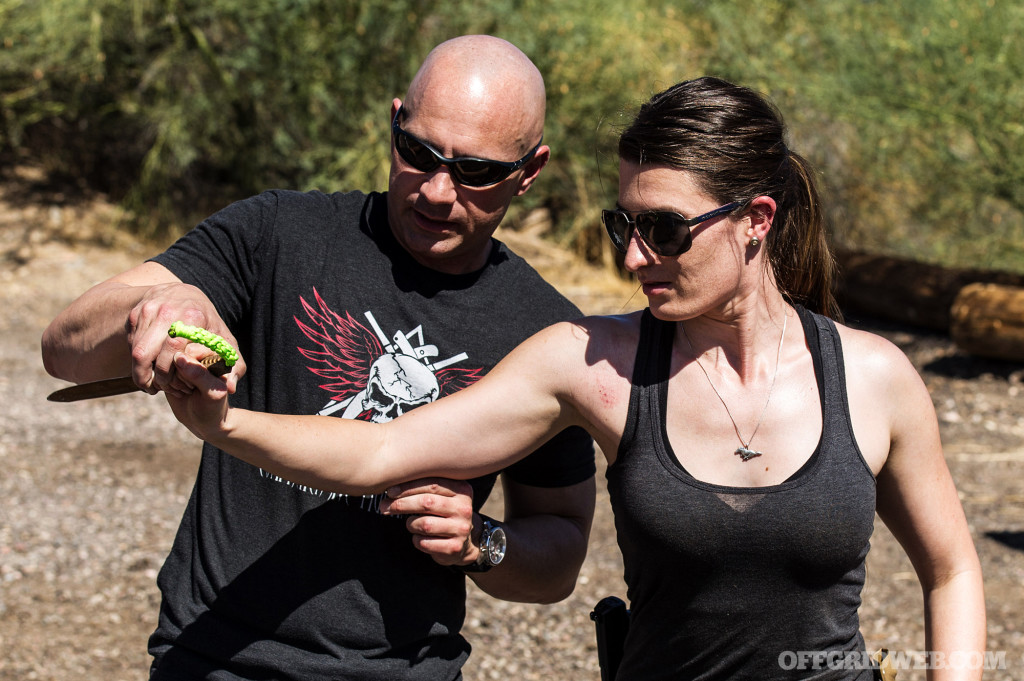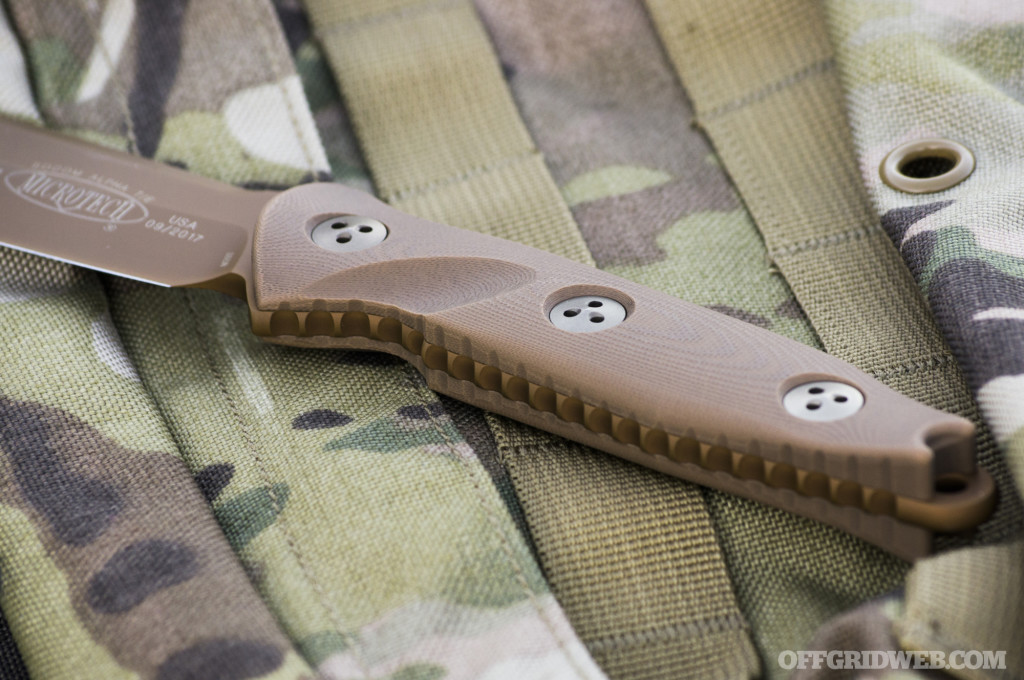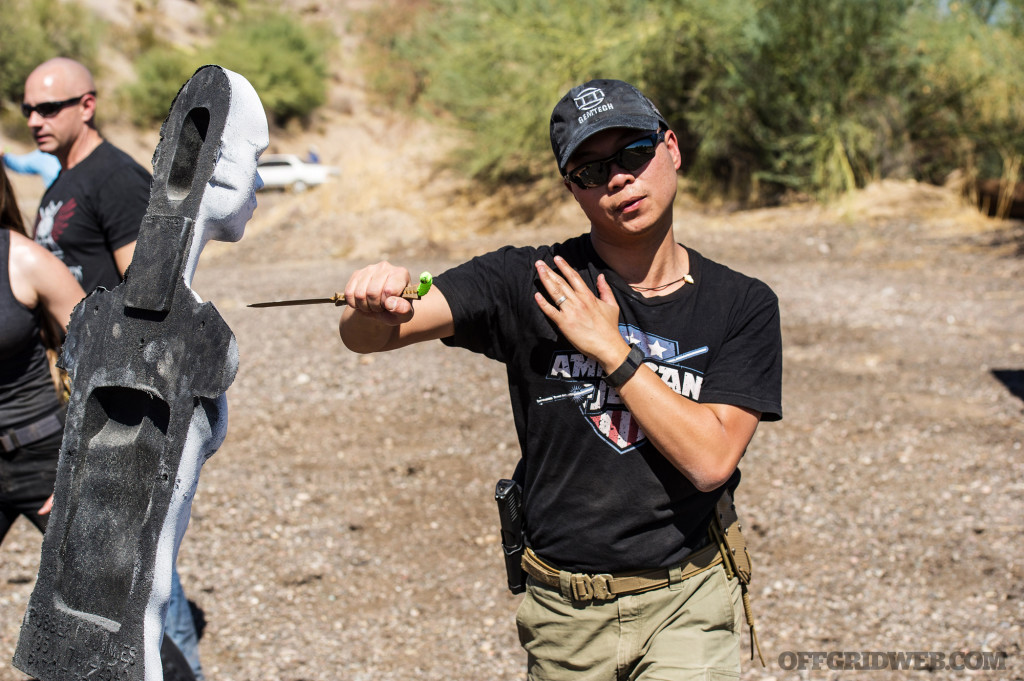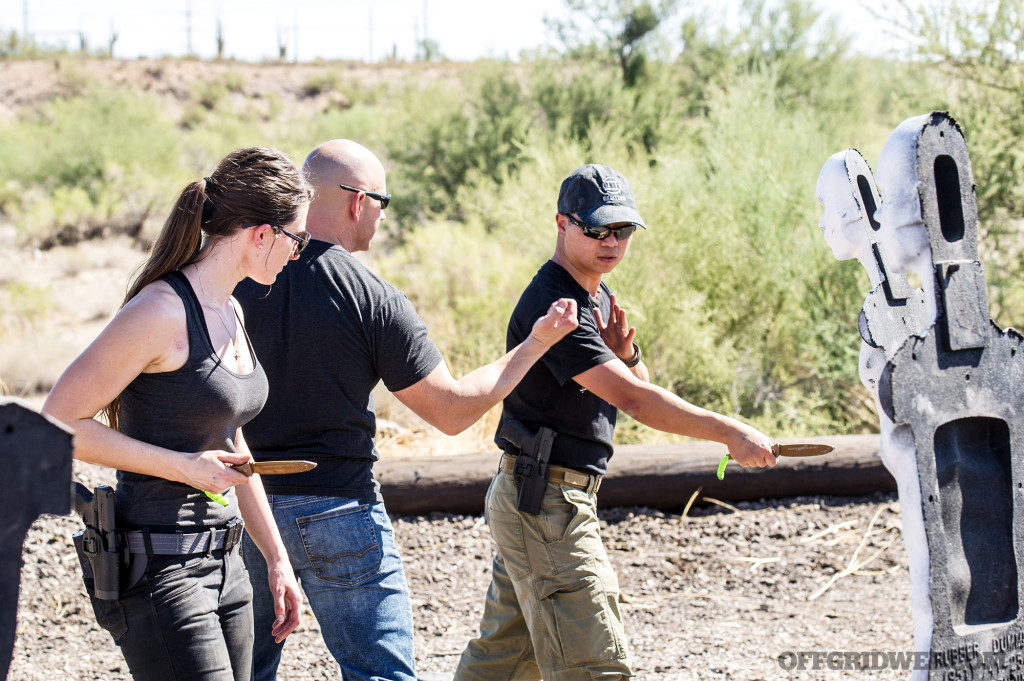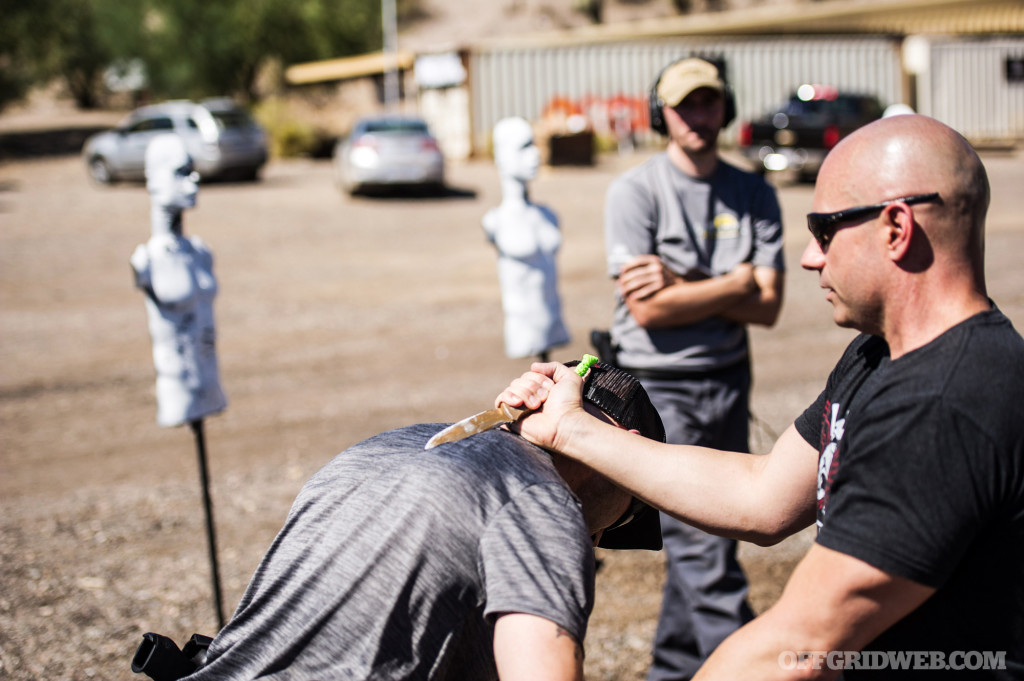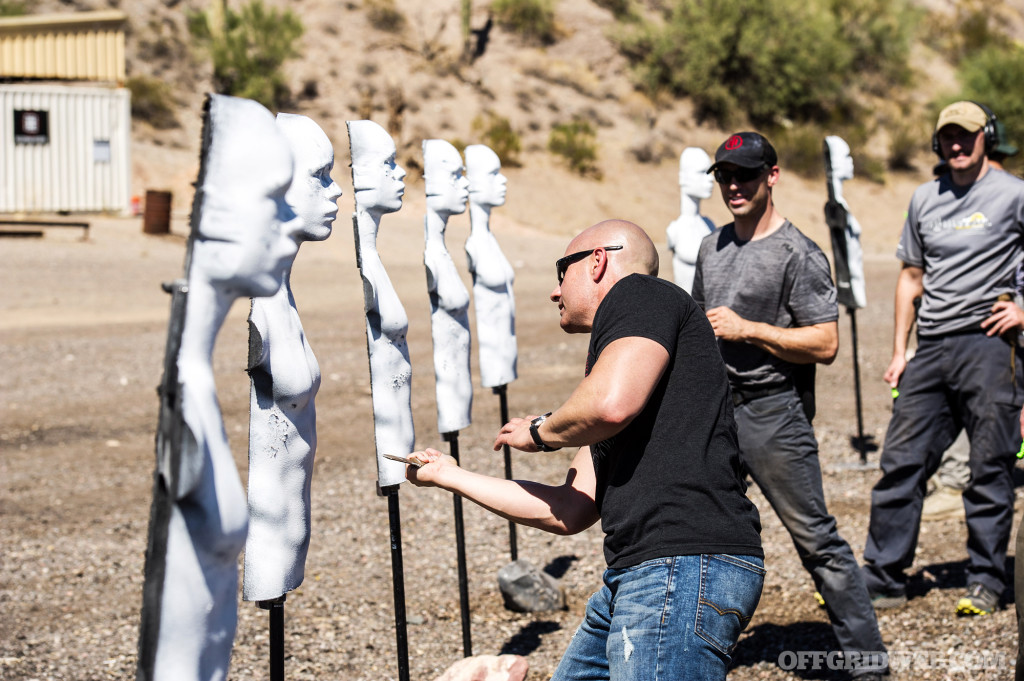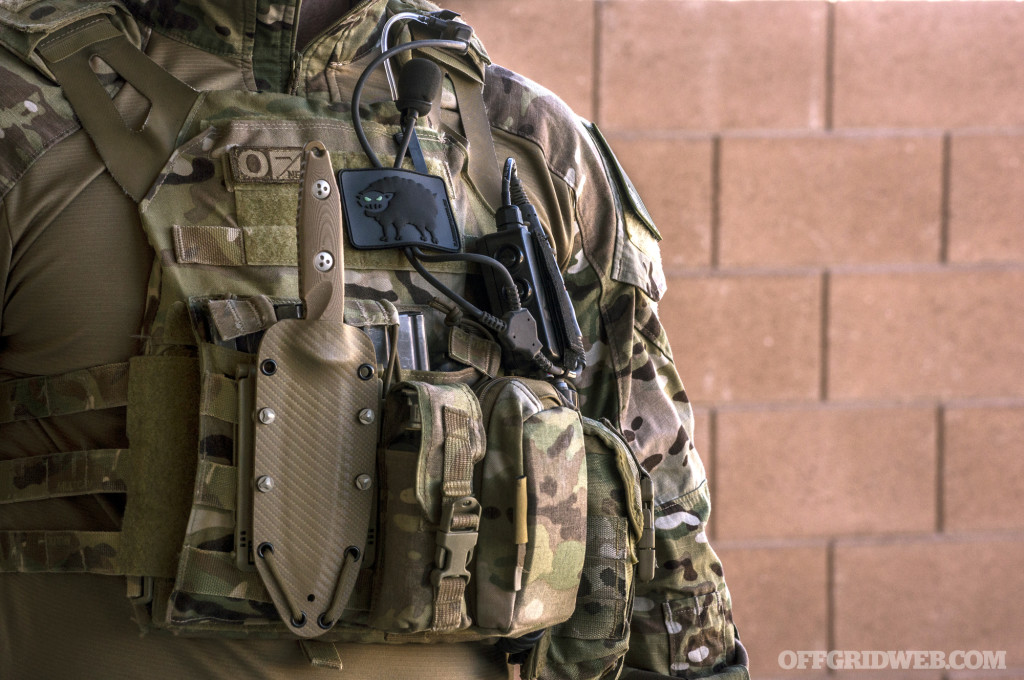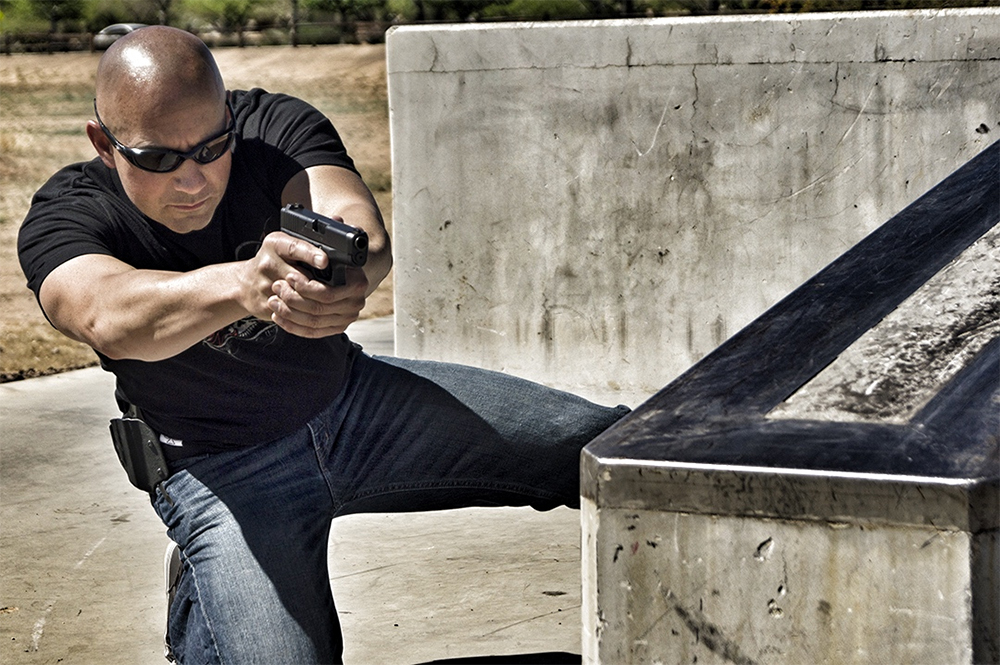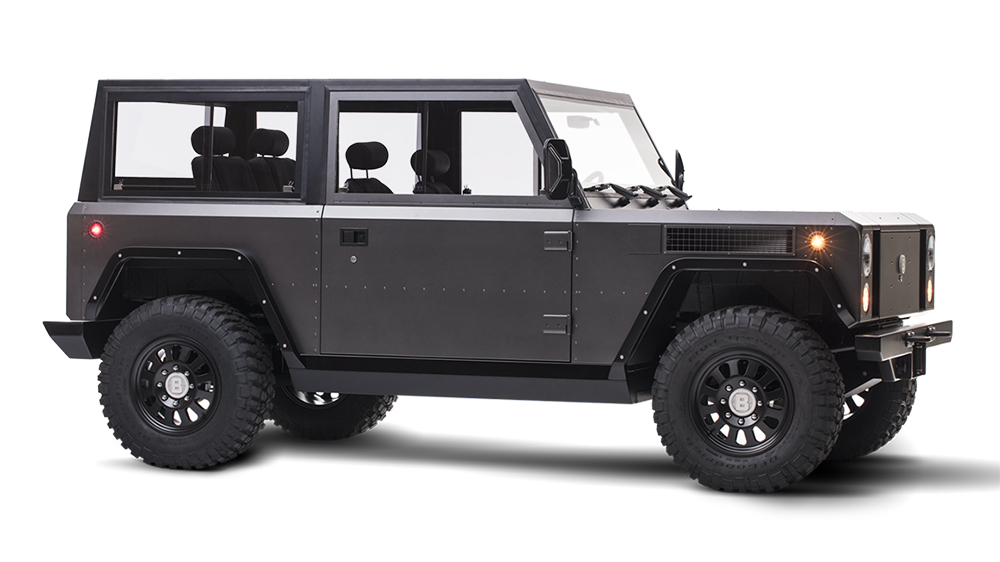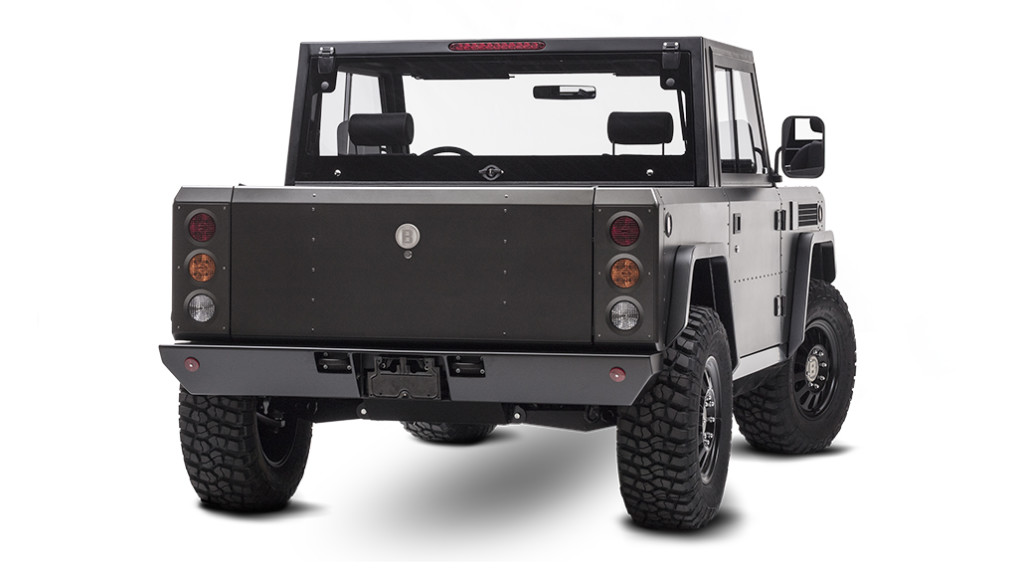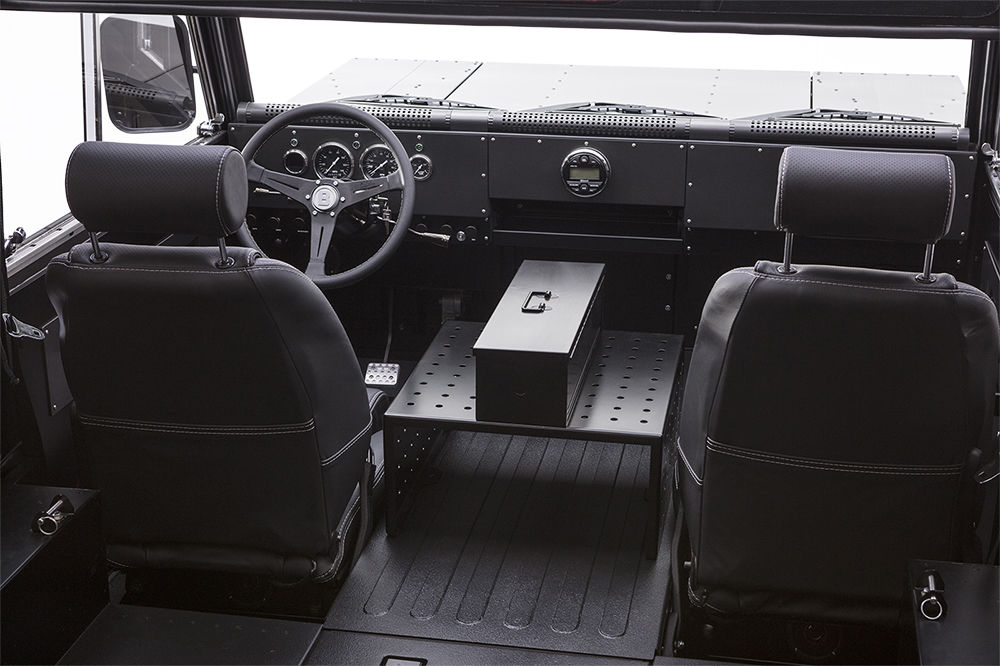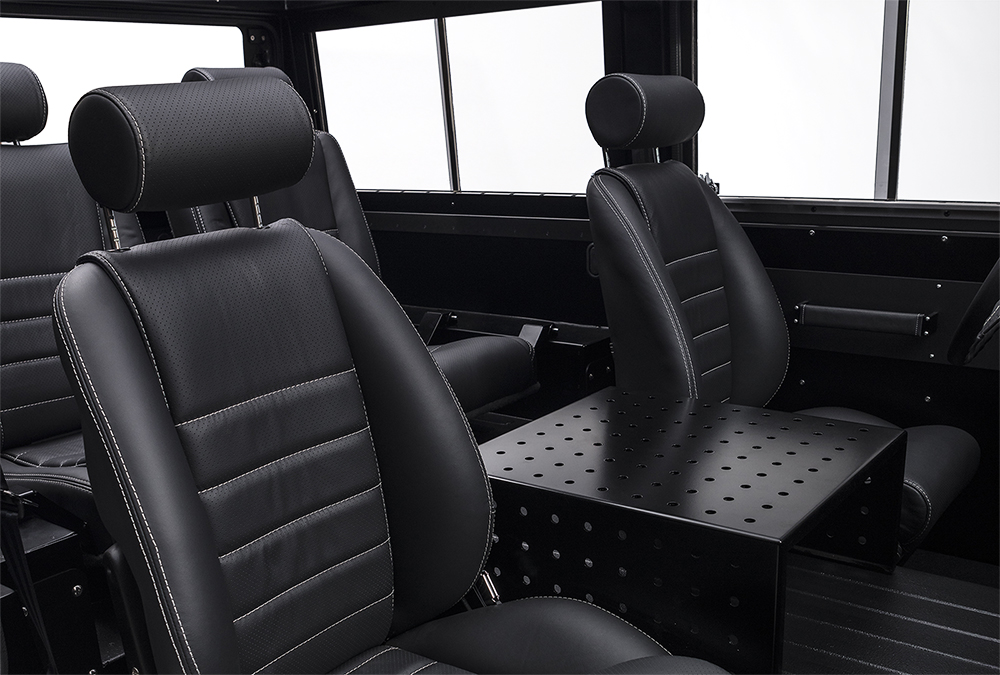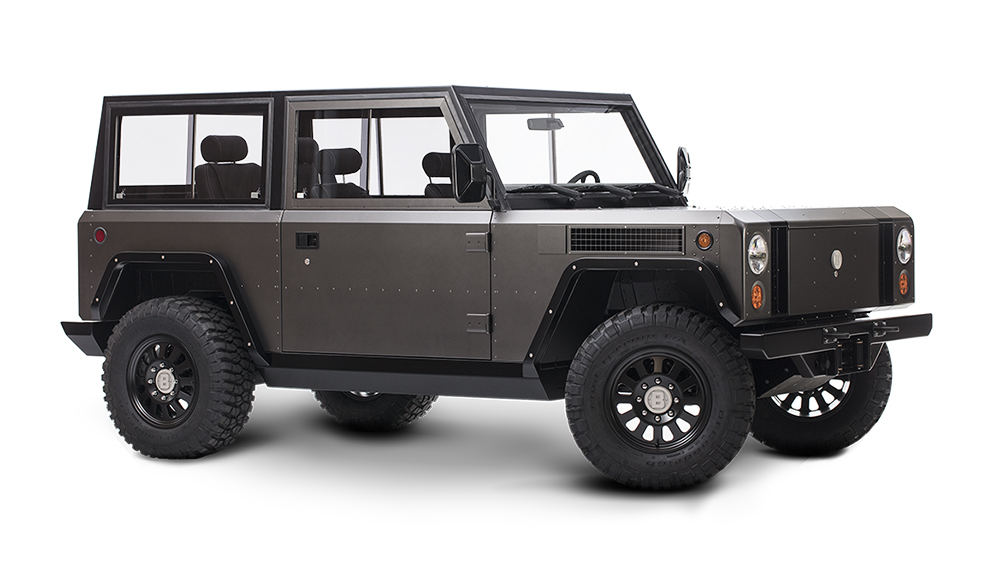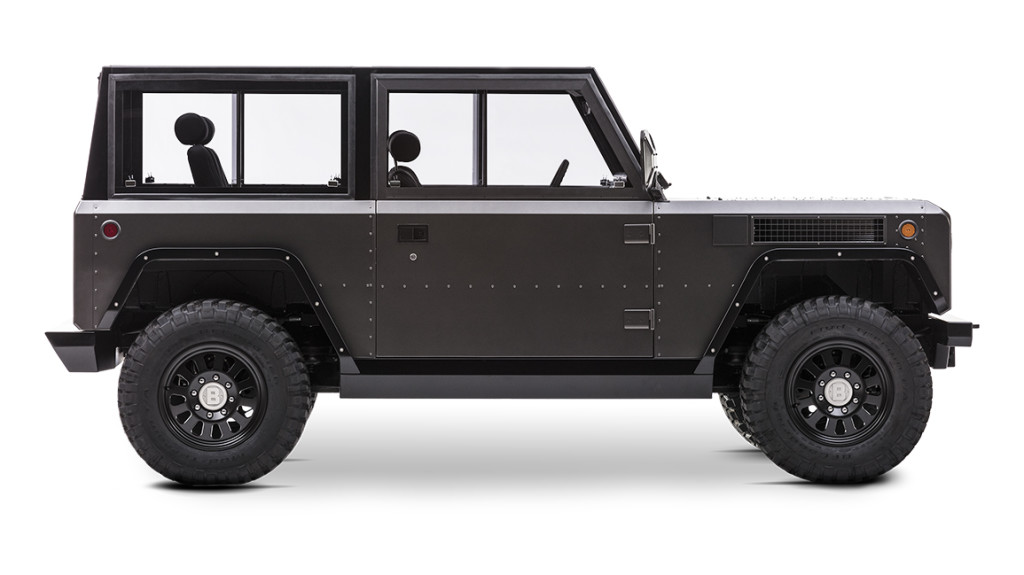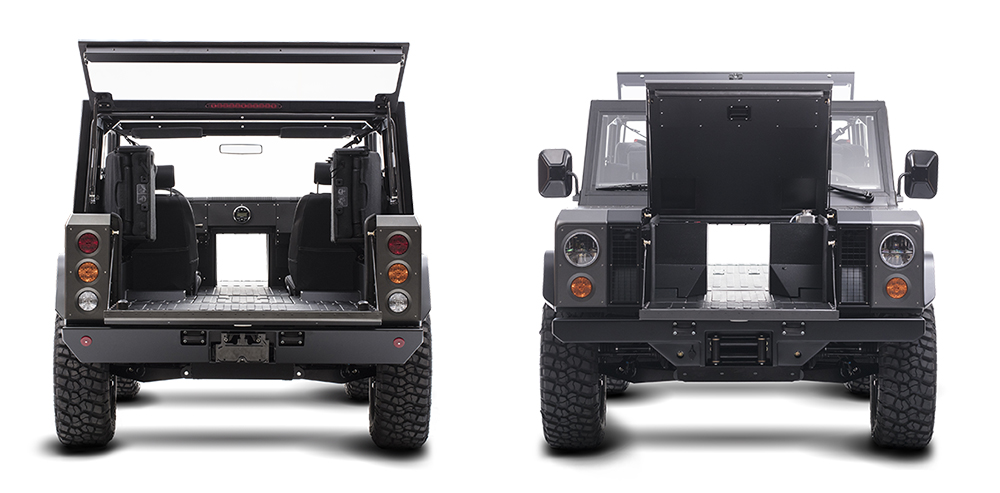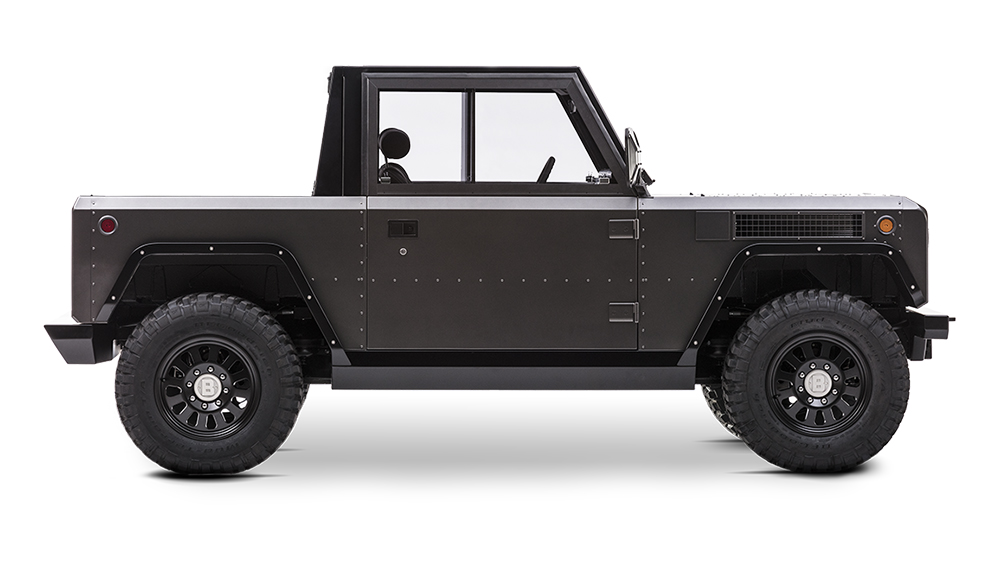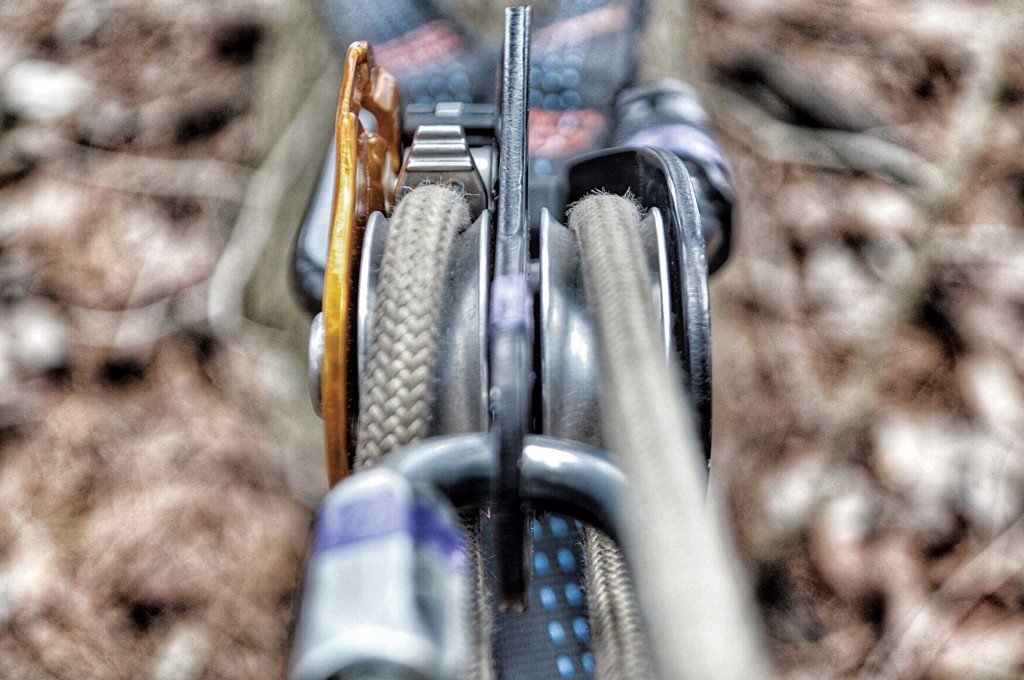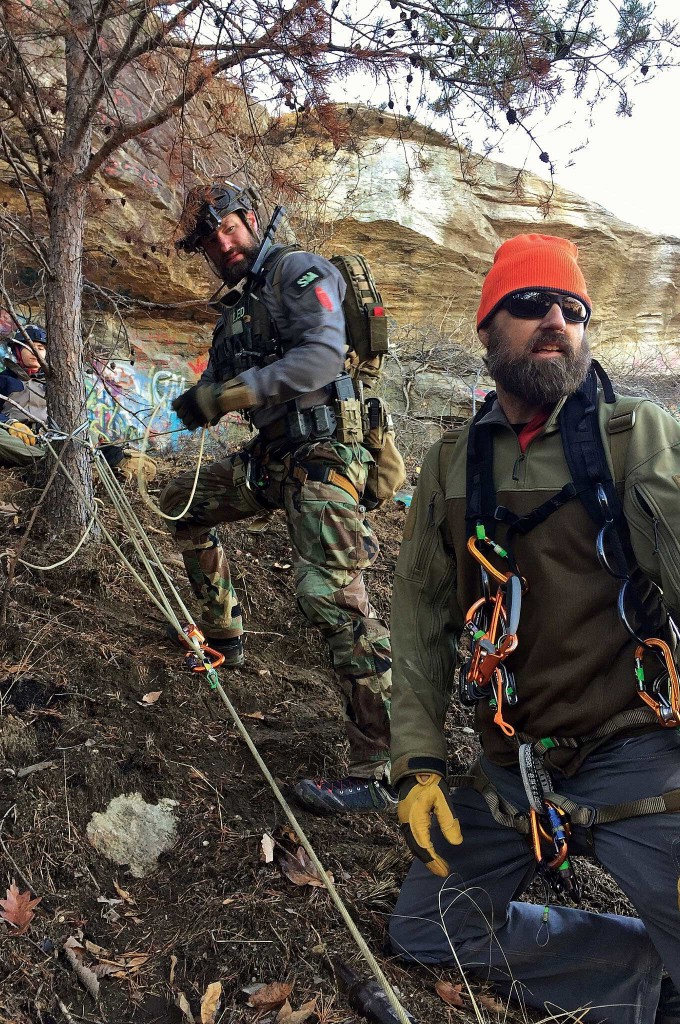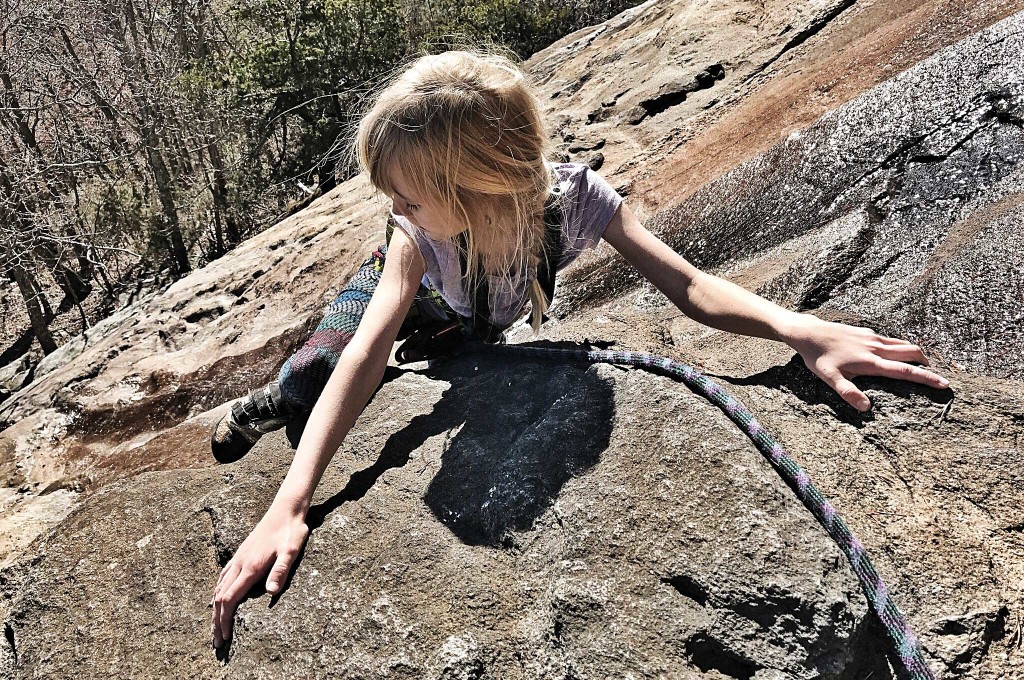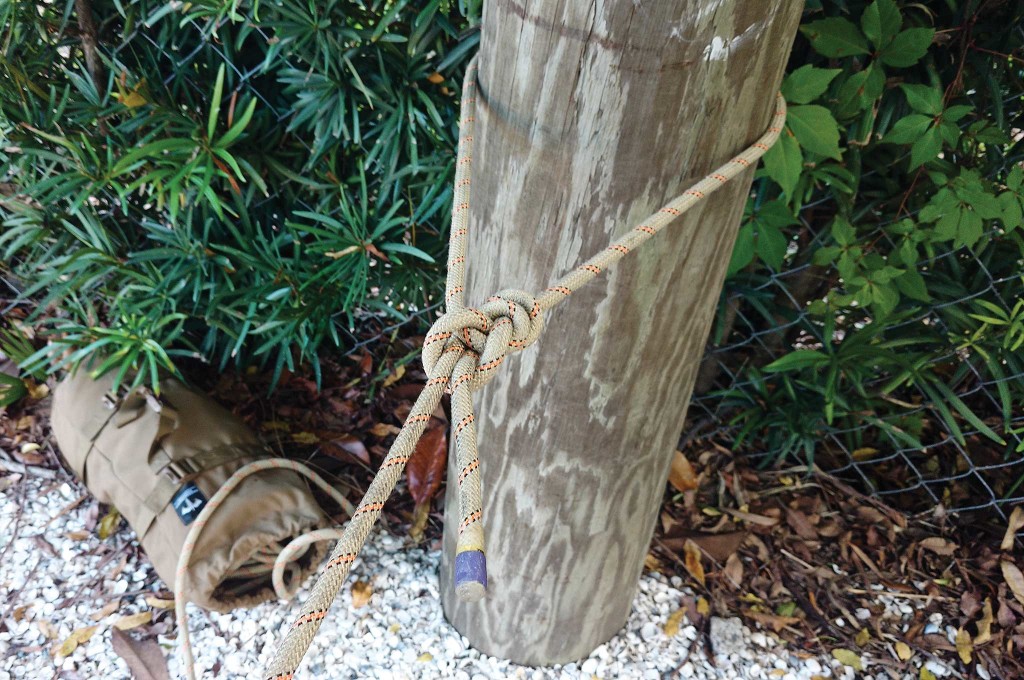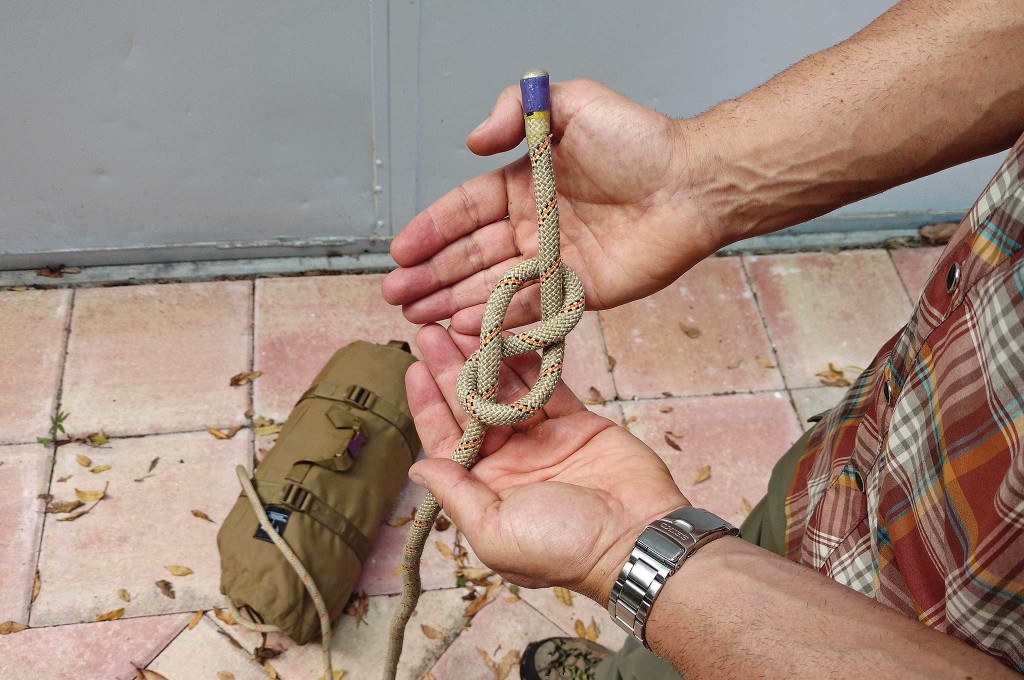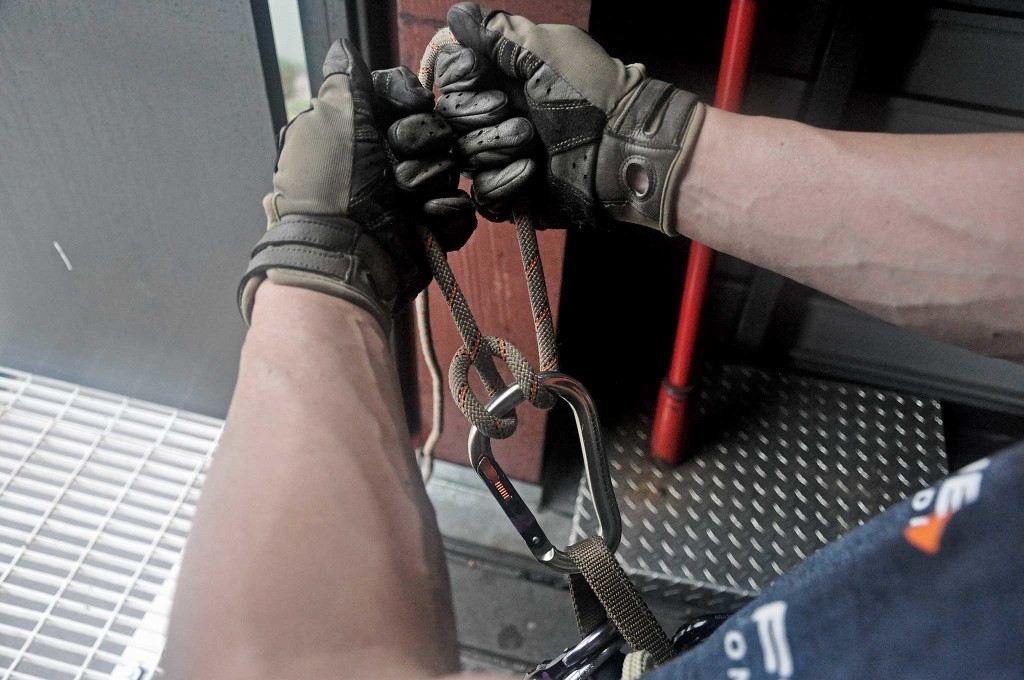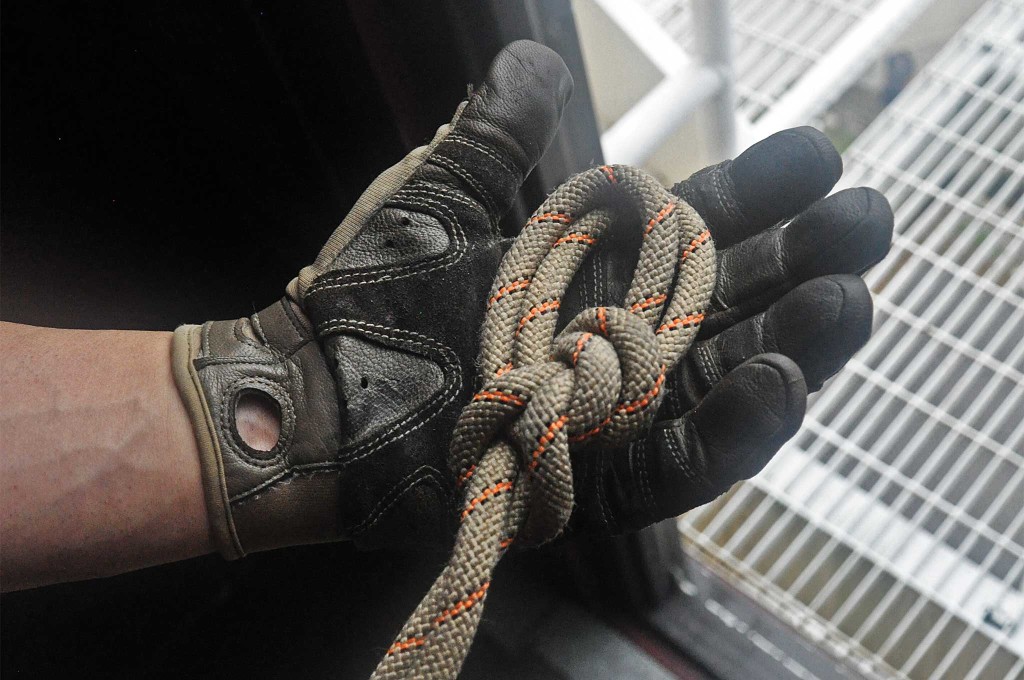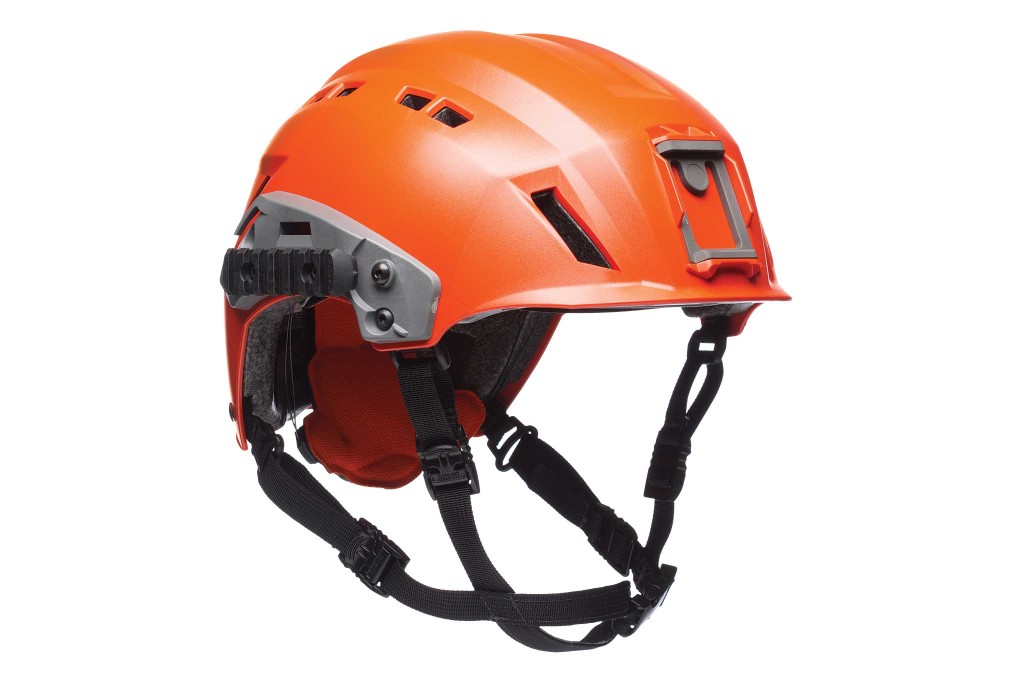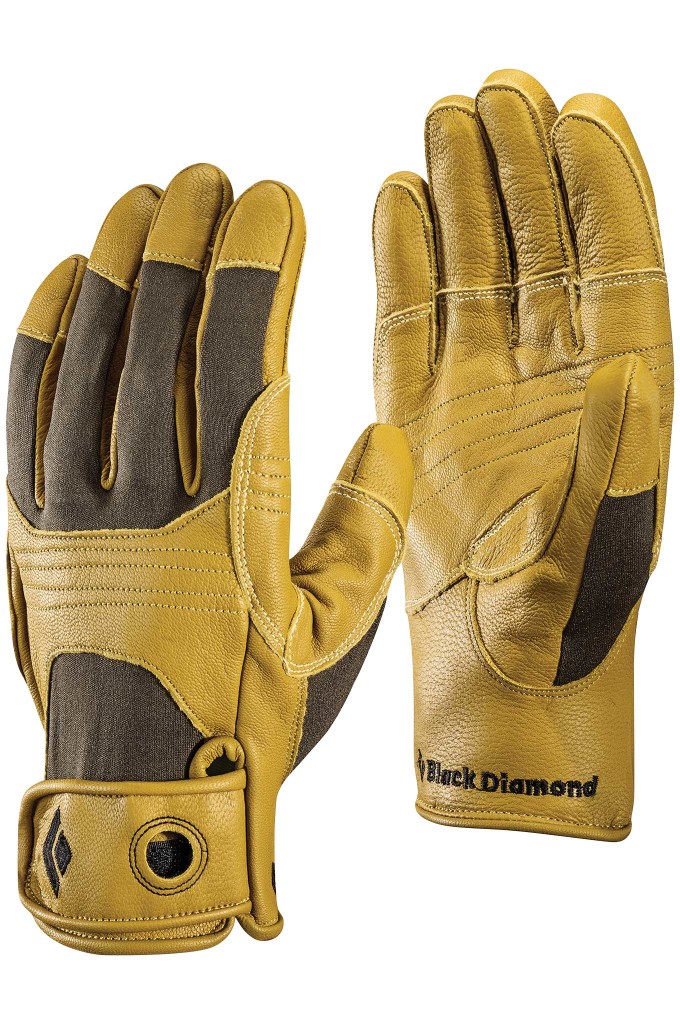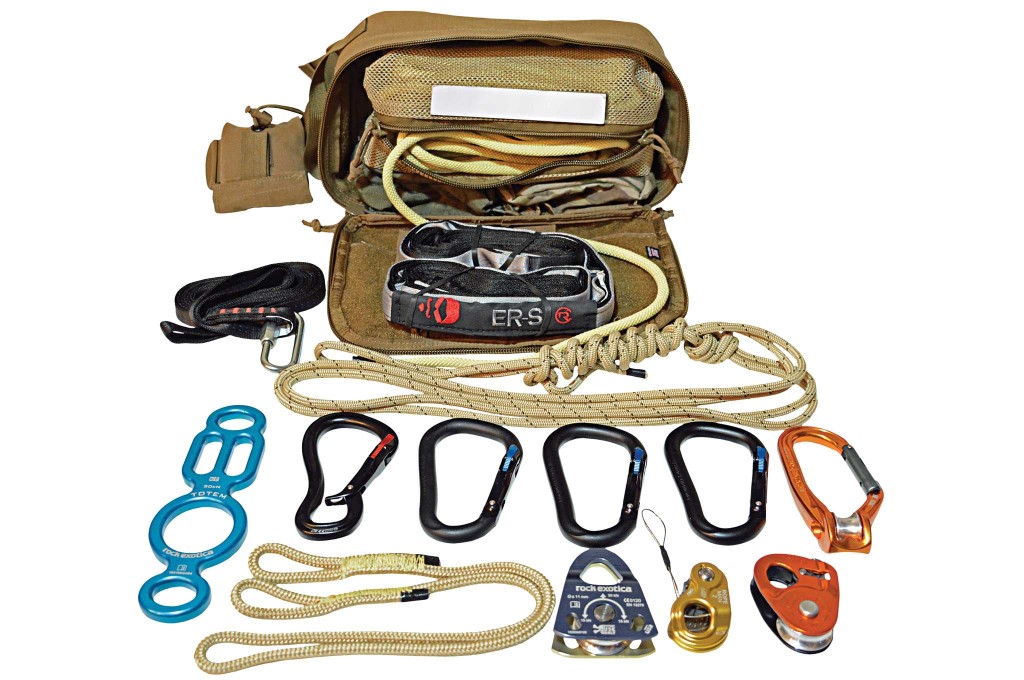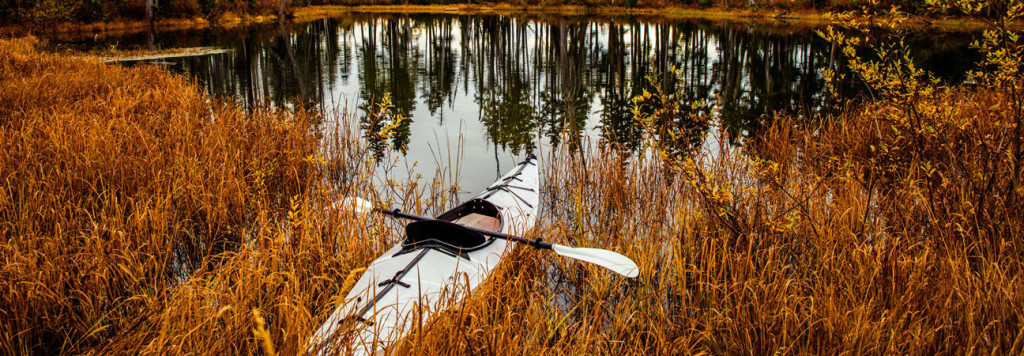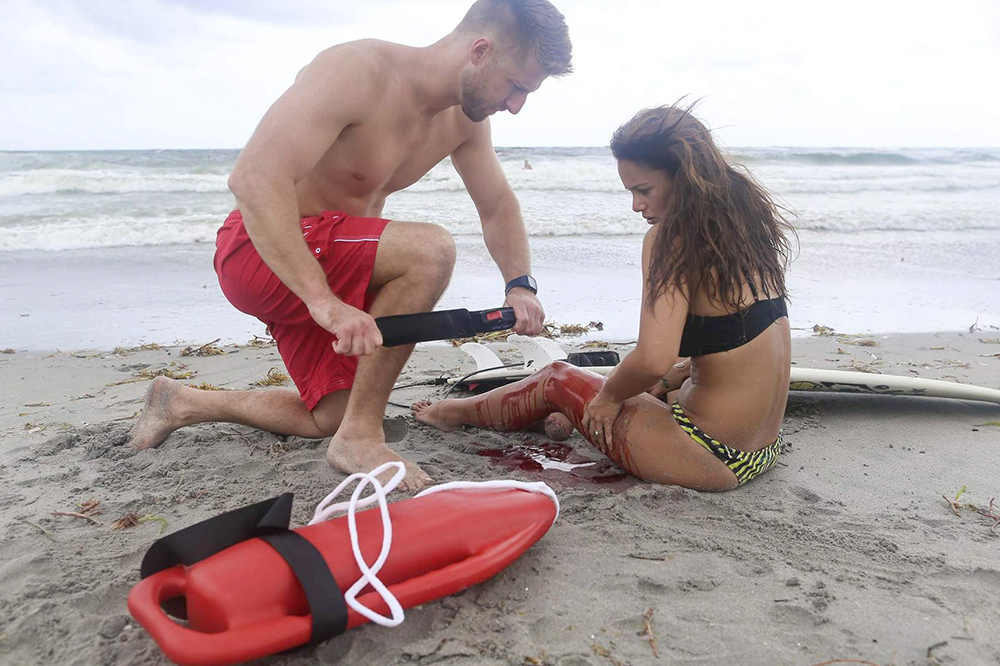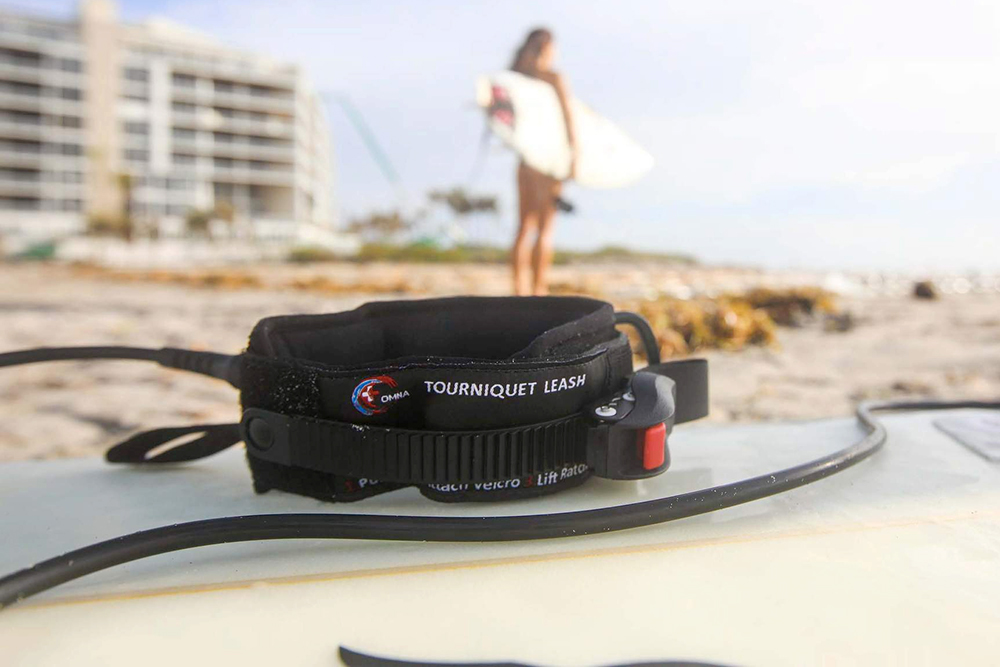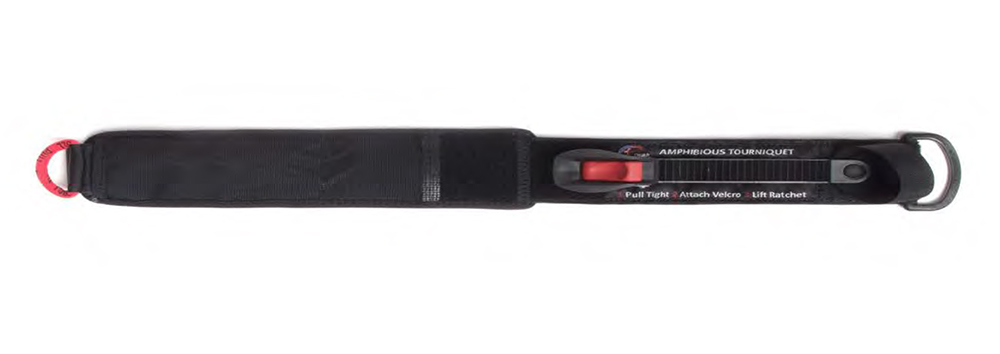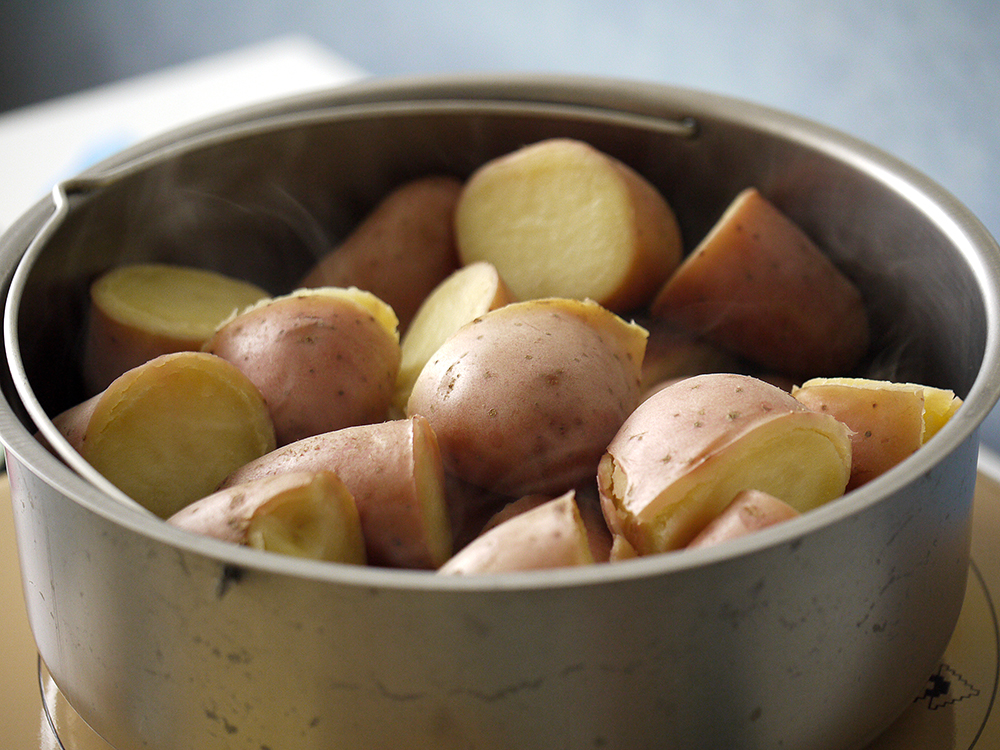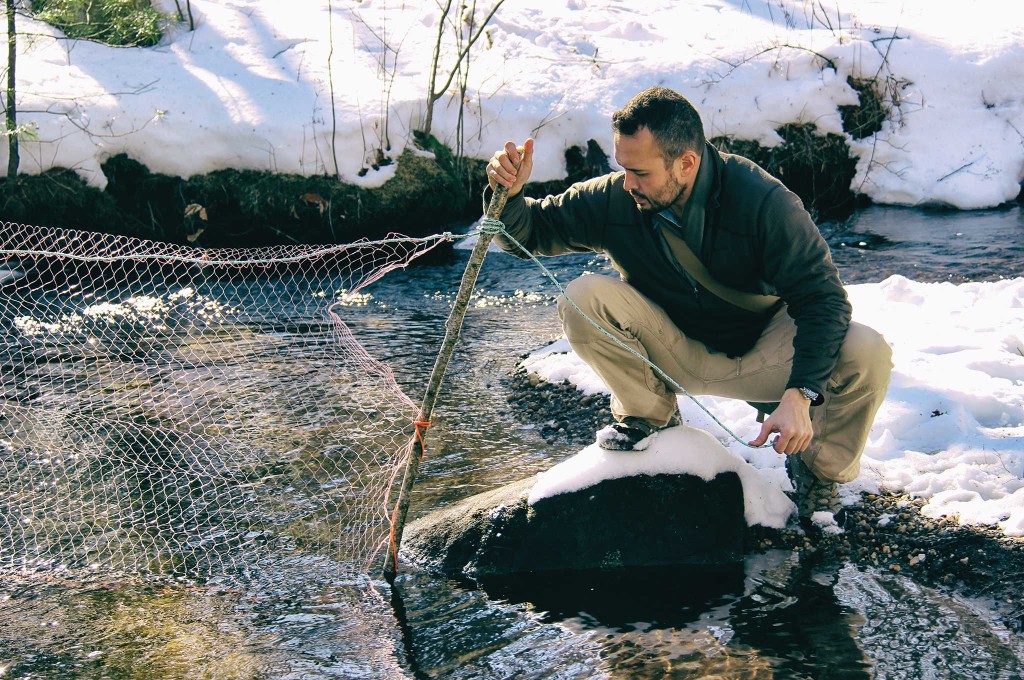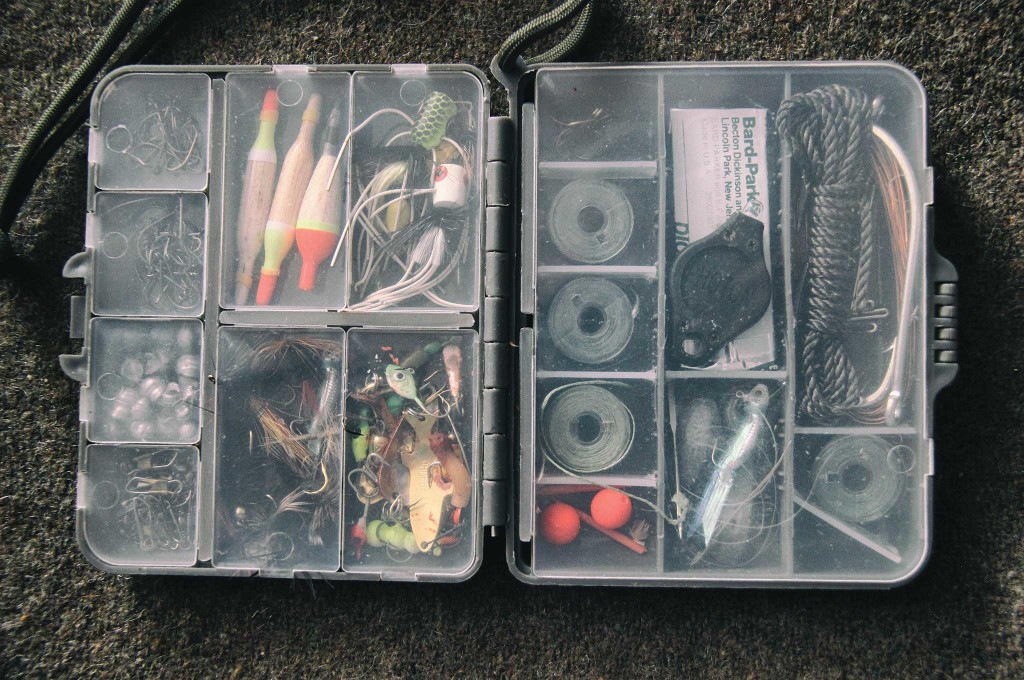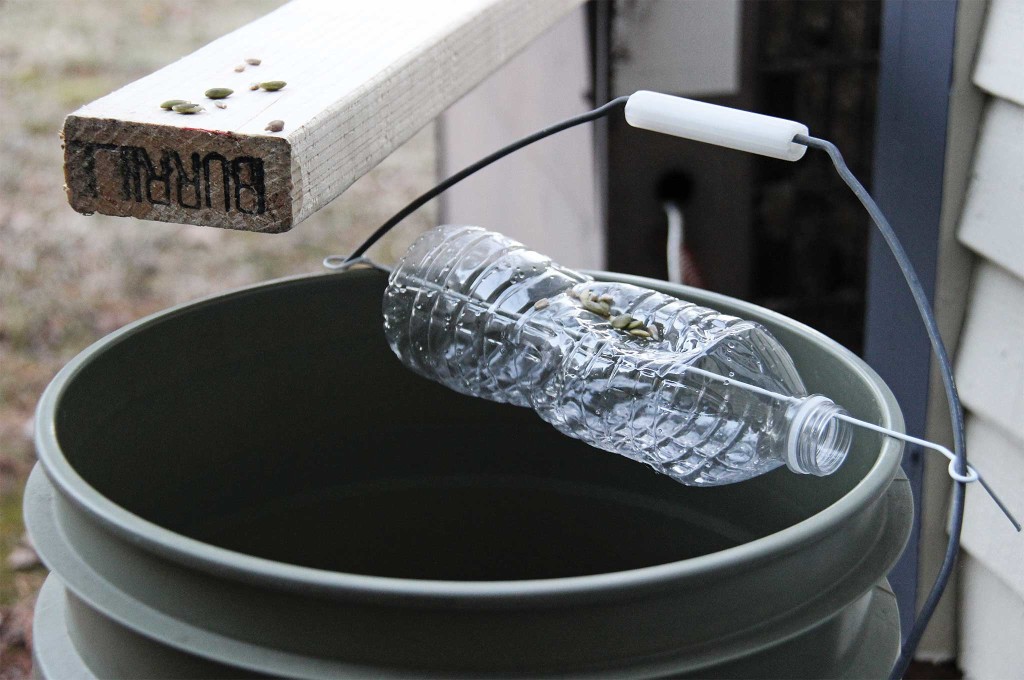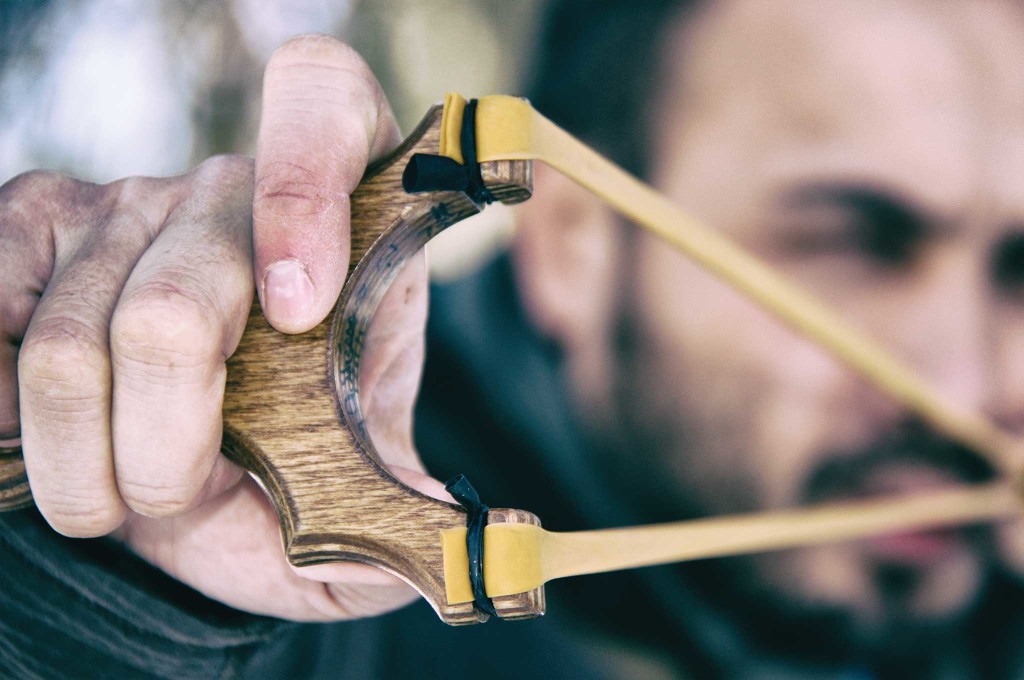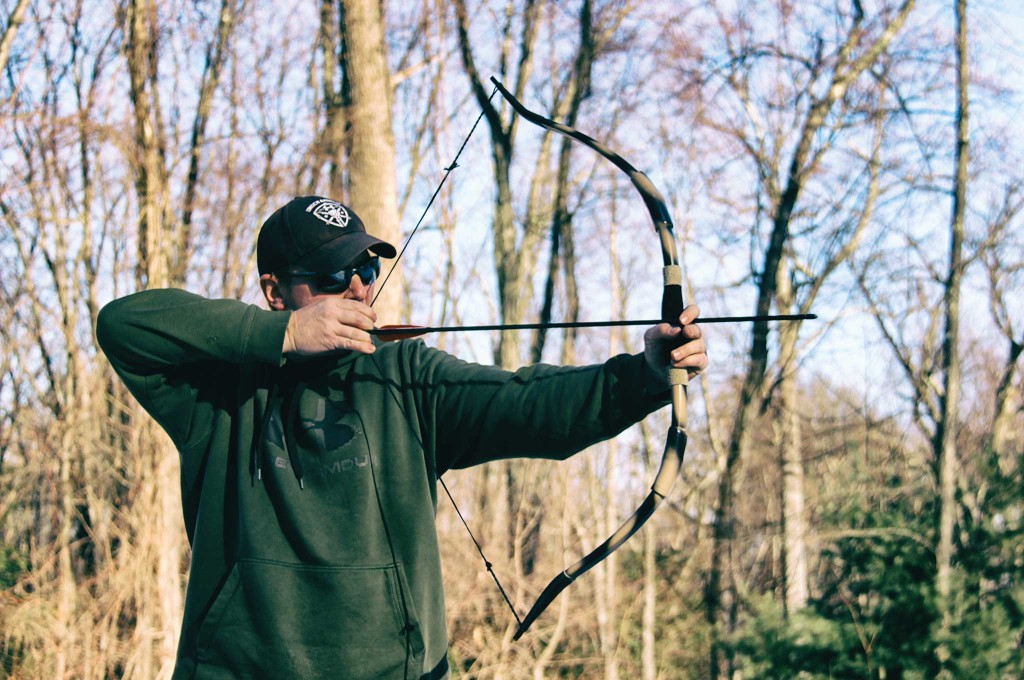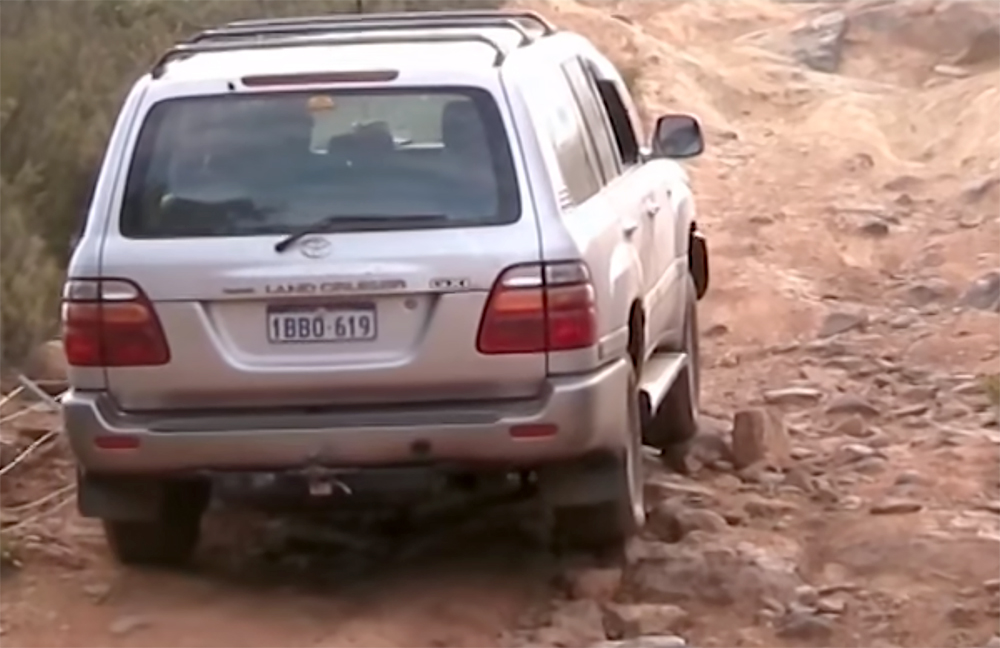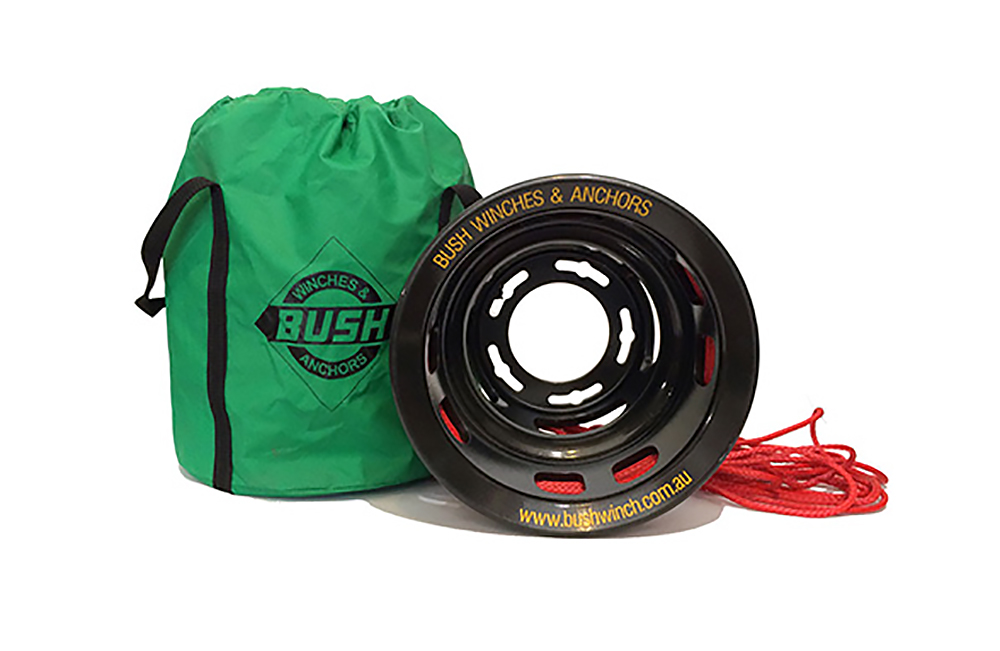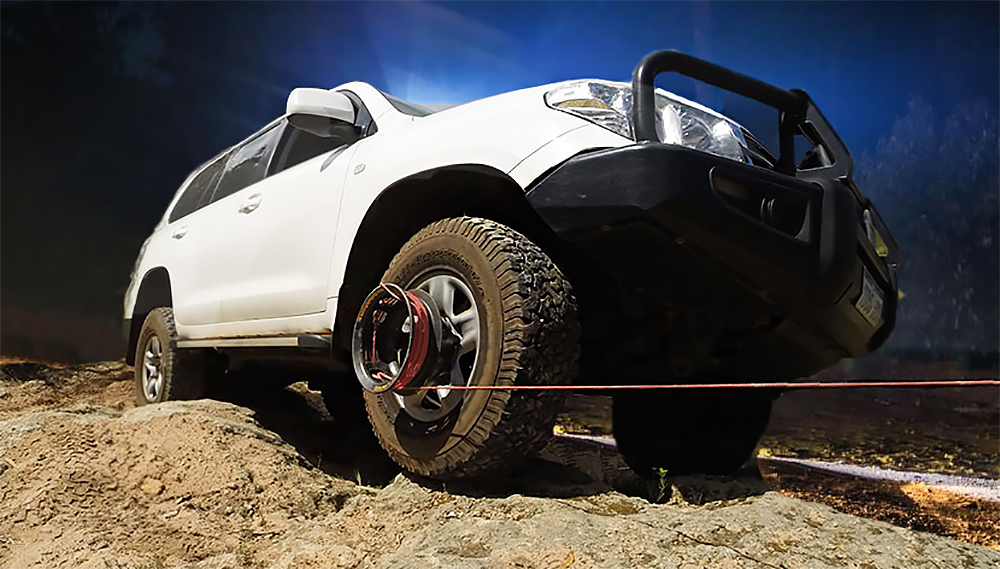In This Article
Thoughtless steps lead to a path of happenstance, chaos, and destruction — this is a short saying I came up with that has guided my life since I was a psychological operations (psyop) sergeant in the U.S. Army. Simply put, how you think dictates your actions, and actions that are thought through create a greater potential for success. Seems like common sense, but there are so many people who fail to think before they act. They react based on emotions, like preprogrammed robots driven by software called instinct.
It’s not that instinct doesn’t matter, because instinct is important to every aspect of survival. However, operating without consistently thinking through your actions is a recipe for disaster. I used to think this was the extent of this lesson, but that’s not the case — it’s just scratching the surface. In the U.S. Army, I learned a lot about human nature and, over time, realized that the key factor to triumphing over any threat to your safety is to stay one step ahead — both physically and, more importantly, mentally.
Whether your car breaks down in a rough neighborhood, you’re in the middle of an urban riot, or you’re just surviving after society has collapsed, understanding behavior psychology and mental warfare will give you an advantage when times are tough. Over the years, I’ve compiled a list of four strategies that will help anyone gain a mental edge in a survival situation.
Strategy 1: Self Awareness
Lesson: Mental warfare is a two-way street. It’s both internal and external. How you feel can be deduced by others based on your actions in the world. Also what’s happening in the world can influence your feelings and actions.
When you feel happy, you smile. When you smile, it makes other people feel better; some may even smile with you even though they don’t know what you’re smiling about.
Many people make the mistake of believing they’re in complete control of their actions. They refuse to believe that feeling a certain way can cause them to act a certain way. Conversely, there are people who refuse to believe that their environment can influence their thinking and actions. In psyop, we learned that there’s a huge number of daily decisions made subconsciously. “No one is immune,” said one of my psyop instructors. There are social cues that our brains use as shortcuts to decide what actions to take.
One example of lacking self-awareness is the common automatic response of group approval. We look for a response that’s accepted among the group, allowing our brains to bypass thinking through the scenario. If everyone runs, then we run; if most people stay, then we stay.
Real-World Example: Once, I was at a club with a friend when a fight erupted. The bouncers grabbed the combatants and threw them out the front door. Several friends of those involved started running to the front door. A few minutes later it seemed most of the club was outside. My friend suggested that we leave, and I agreed. He started to walk to the front door when I grabbed him and said we should leave out the side emergency exit. Upon exiting, we heard gunshots coming from the front, accompanied by loud frantic screams. We walked to a gas station a few blocks down the other way and called a cab.
Applications: Take an opportunity to study up on social psychology. Learn about automatic responses that are specific to you. Work consistently to attain control over them and make them more conscious actions. This will help you make calculated decisions in a high-stress environment rather than an automatic unsafe one.
Strategy 2: Experience Versus Assumption
Lesson: Know what makes you tick. Understand what brings you comfort and discomfort. Determine what boosts your morale and what lowers it. This is one of the deepest lessons of psyop survival. Not everyone reacts the same to a situation. Understand how and why you respond a certain way. This will help you form a strong game plan.
Real-World Example: A friend wanted to get a gun for self defense. She asked for my help in learning to shoot. I asked her if she had ever been around a gun before. She said no, but wouldn’t have a problem being around one. At the range, I gave her a safety brief and opened my gun case to show her the pistol we would be using for the day. She immediately began shaking uncontrollably and tears ran down her face. She backed away, shaking her head side to side. “Are you OK?” I asked. She didn’t respond. I quickly closed the case. “What was that … what just happened to me?” she asked, confused. I replied, “I believe you had a mini panic attack.” She was shocked by her reaction.
Application: So many people overestimate themselves. They make statements like, “I would do this, and I would do that.” But they’re surprised to find they don’t respond in the way they expected when presented with the situation. Take time to test yourself physically, mentally, and emotionally. Find a means to test it out safely, but under pressure. Use a friend who can push you and help you when you need it.
Can you really run a mile? Do you latch onto a task, or can you switch focus immediately without hesitation? If the sun is going down while you’re in the wilderness and you can’t start a fire, are you psychologically and physically equipped to make it through a cold night of darkness? Perhaps the safest way to answer these questions is to take various classes from reputable instructors. My instructor drilled into my brain, “No thought ever makes it past your skull when you just think about it. Knowing is what leads to action, and action is the only way to success.”
Strategy 3: Situational Awareness
Lesson: Take notes on your environment. Keep track of who is who, what is what, and where is clear. It doesn’t take a genius to understand that knowing your environment is important. However, most people fail to realize that the environment is like an organism — it’s a living thing that changes constantly.
Real-World Example: This was another important lesson taught in psyop training. We had to adapt our message to the changing environment. As psyop soldiers, it was our mission to gain allies in foreign lands and bring the locals over to our cause.
We attempted to influence hundreds of citizens, changing their minds and patterns daily by maintaining a connection to factors around us and adapting our message quickly. When meeting with a foreign local official, we had to understand the outside influences that would sway his or her thinking. When they came to the meeting, we paid attention to every gesture, every word, and every interactio

It’s hard to adapt to your environment without situational awareness. Put your phone away. Pay attention.
Application: Challenge yourself to always be mentally prepared for the “what if.” A Special Forces friend and I often meet at my favorite bookstore to talk about current events. We always play the “what if” game. He always carries a concealed pistol and often makes fun of me for not carrying mine at all times. His common question is, “Are you a sheep or a sheep dog?” I explain to him that to always carry can give a false sense of security. It can dull or numb one’s ability to be prepared for challenges that may arise that you can’t shoot your way out of. It can also render you ill-prepared when you’re not able to carry a pistol in nonpermissive environments. When I don’t carry, it forces me to examine my situation differently and very carefully and prepares me with options applicable to the environment.
Because your environment can change at any given time, your mental assessment should change. New people will arrive on the scene and others will leave, and the nature of those new arrivals will change the dynamics of your environment.
Imagine these scenarios and think about what you would do: You’re at a bookstore when a custodian locks a door that you had as a viable means of escape, if warranted. Maybe the air conditioner stops working and you notice everyone removing articles of clothing to cool down — except the guy sitting across from you, as if he’s hiding something. Or what about an older man obscuring his position behind a bookshelf, glaring at the seemingly loving couple across the room as they hug and kiss. You observe that the older man is wearing a wedding band and so is the girl — but her mate isn’t. This could be a case of infidelity, and you could easily become collateral damage if the older man goes over the deep end. You should know if there are any security guards nearby and, if so, where they are in relation to you? If there’s none, where’s the nearest exit you can get to safely?
There’s only so much preparing you can do, but the real purpose of this mental preparation is to encourage you to habitually think on the fly.
Strategy 4: I Think, Therefore I am
Lesson: Creativity first, prepping second. Preparation breeds confidence, but when the game changes and the preparations are no longer valid, then you’re left with anxiety, lost morale, and hundreds (if not thousands) of dollars of supplies you can’t use. Creativity is king. Be flexible and open to change; acknowledge that you can’t control everything. See everything as an opportunity for you to succeed.
Real-Life Example: I have so many security-minded friends. If you open their trunk or look in their closet, it looks like they’re prepared for a limitless amount of scenarios, but the truth is that can never be. As a psyop warrior, I learned that you’re limited only by your ability to think over, around, under, or through any given situation. “Don’t put yourself in a box,” my Army instructors used to say. “Change the rules of the game constantly. Redefine winning when it’s needed.”

Always think ahead so you can anticipate danger before it happens, and “change the rules of the game” by...
I explained this lesson to a friend, and he couldn’t understand it. In the midst of the conversation he began to use chess as a means to help him explain this quote. He gave some examples of board configurations and strategies. “So how would you win this game if these are the rules?” I said I would bet $100 against my winning. This way when my friend won, he would win his pride and I would walk away with $200, which is more important to me than the game.
Application: Survival is a chaotic game. It’s unpredictable and in many ways uncontrollable. As things change you must redefine what success is. This will always steady your morale and give you a strong foundation for achieving new levels of success — “small victories” is what we called them in the military. This is where the aforementioned scenario playing is paramount. Keep your mind sharp by forcing yourself to train worst-case scenarios. This will develop the enhanced thinking power needed to stay one step ahead.
Conclusion
How you react to your physical world is a direct reflection of your mental and emotional state. Therefore, survival on all levels is first and foremost about your mental capacity to understand how you operate, manage stress, adapt to change, and apply what you know on the fly. These are the focuses of a psyop warrior and a strategy that will allow you to succeed in the face of adversity on multiple levels.
“Persuade, change, and influence the hearts and minds of a foreign target audience,” is the creed of psyop. The true lesson is understanding that our first foreign target audience is oneself — master your mind and survival becomes that much easier.
Social Programming
“Social engineering” is a science based on using common social programing to alter people’s behavior and, in some cases, take advantage of people. Con artists use these tactics constantly. Another example: most of us may have given money to a hobo who used some social engineering on us.
Hard vs. Soft
The skills you acquire can normally be categorized into two groups: hard skills and soft skills. Hard skills are usually manual skills that you learn, like tying your shoelaces, starting a fire, or reloading a handgun. Soft skills are normally mental and psychologically related skills, such as solving a math problem, navigating a conversation about history, and the use of marketing strategies and ideas.
Everything Matters
In the U.S. Army’s psychological operations units, we were taught “everything matters.” Every color, every sound, every word, every gesture means something. It all influences and solicits a response. No action is taken without a thought made consciously or subconsciously based on the factors surrounding the reason for the action.
Some physical survival traits born out of the “everything matters” motto are:
Know the people: Know who’s surrounding you. Know as much about the people around you as you can gather.
Know your position: Know how you’re perceived in the eyes of those people or, if that’s not an option, know how you can move to a safe place if needed.
Know your options: Know what options you have to sway things in your favor. Is there a piece of equipment you need? Do you know how to speak to the people in your vicinity who can help you if needed?
Know your paths: Know multiple ways for you to reach your point in a conversation, or multiple routes to a safe place.
About the Author
A former psychological-operations sergeant with the U.S. Army, Hakim Isler is the designer of several wilderness survival products and the owner of Elevo Dynamics, the first “Dojym” (a 24-hour gym and martial-arts facility) in the United States. He is also the founder of the SOIL Foundation, a nonprofit that offers off-grid training and excursions to help veterans, law enforcement, and civilians recover from anxiety, depression, and PTSD. Moreover, Isler is a fourth-degree black belt in To-Shin Do under Stephen K. Hayes, an instructor in the Filipino combat system of FCS Kali, and the author of Modern Hand to Hand Combat.
http://www.TheSoilFoundation.org
http://www.BlackMacGyver.com
http://www.ElevoDynamics.com
More From Issue 13
Don’t miss essential survival insights—sign up for Recoil Offgrid’s free newsletter today.
- Review: Spyderco Assist Salt Knife
- It Pays to Be a Fitness Generalist
- A Guide to Portable Solar Charger Kits
- The Psyop Way
- Survival Swap Meet
- 1975 Pinzgauer – Work Horse
- Cutting-Edge Combatives
- Old News, New Tricks
- What If You’re Trapped by a Major Flood that Threatens to Drown You and Those Around You?
- Polymer-Bodied Flashlights
- Tom Clancy’s The Division – Pixelated Pandemic
- Raging Waters
Read articles from the next issue of Recoil Offgrid: Issue 14
Read articles from the previous issue of Recoil Offgrid: Issue 12
Editor’s Note: This article has been modified from its original print version for the web.

